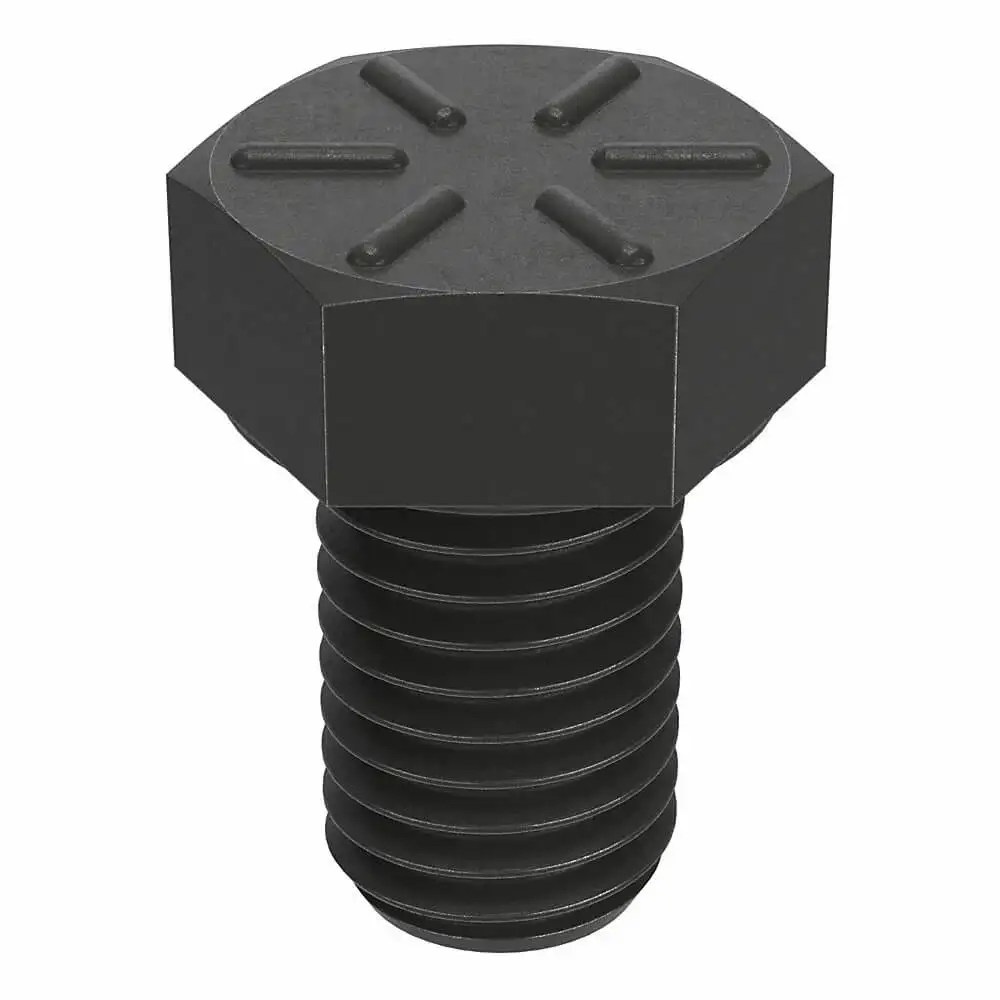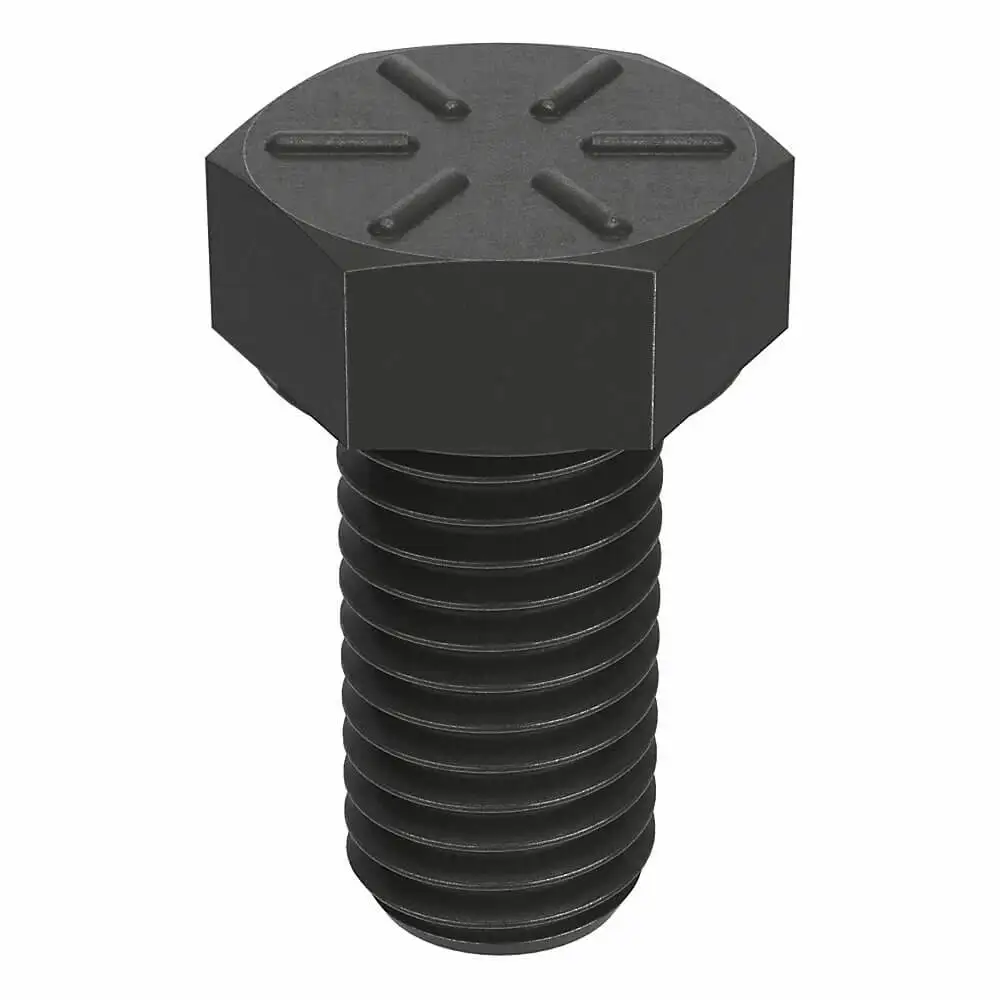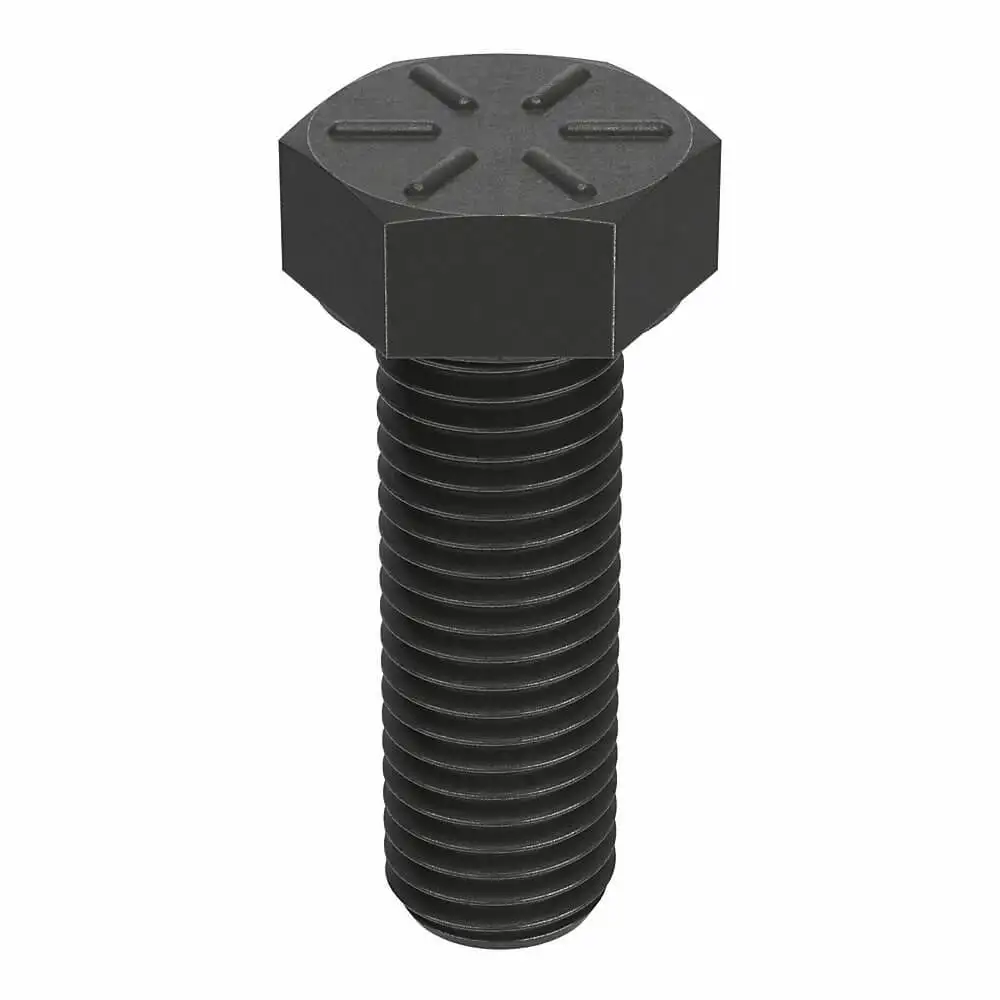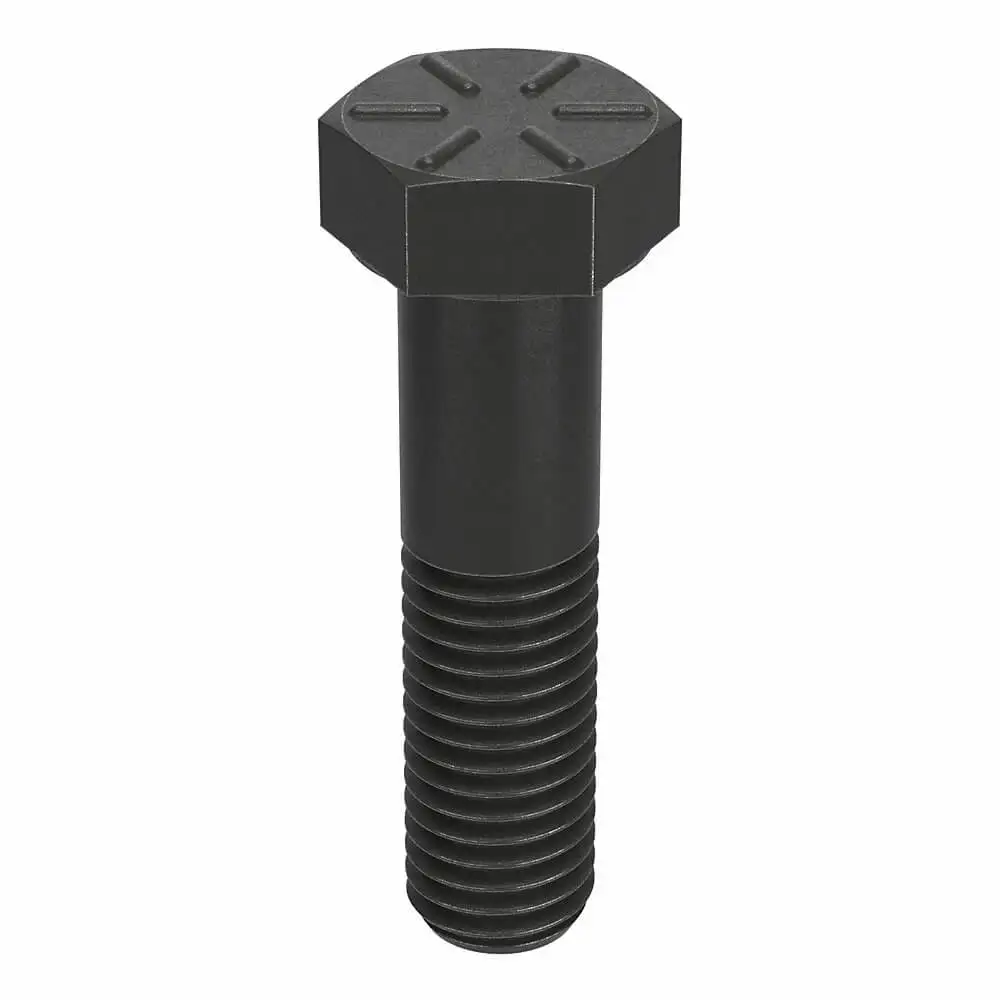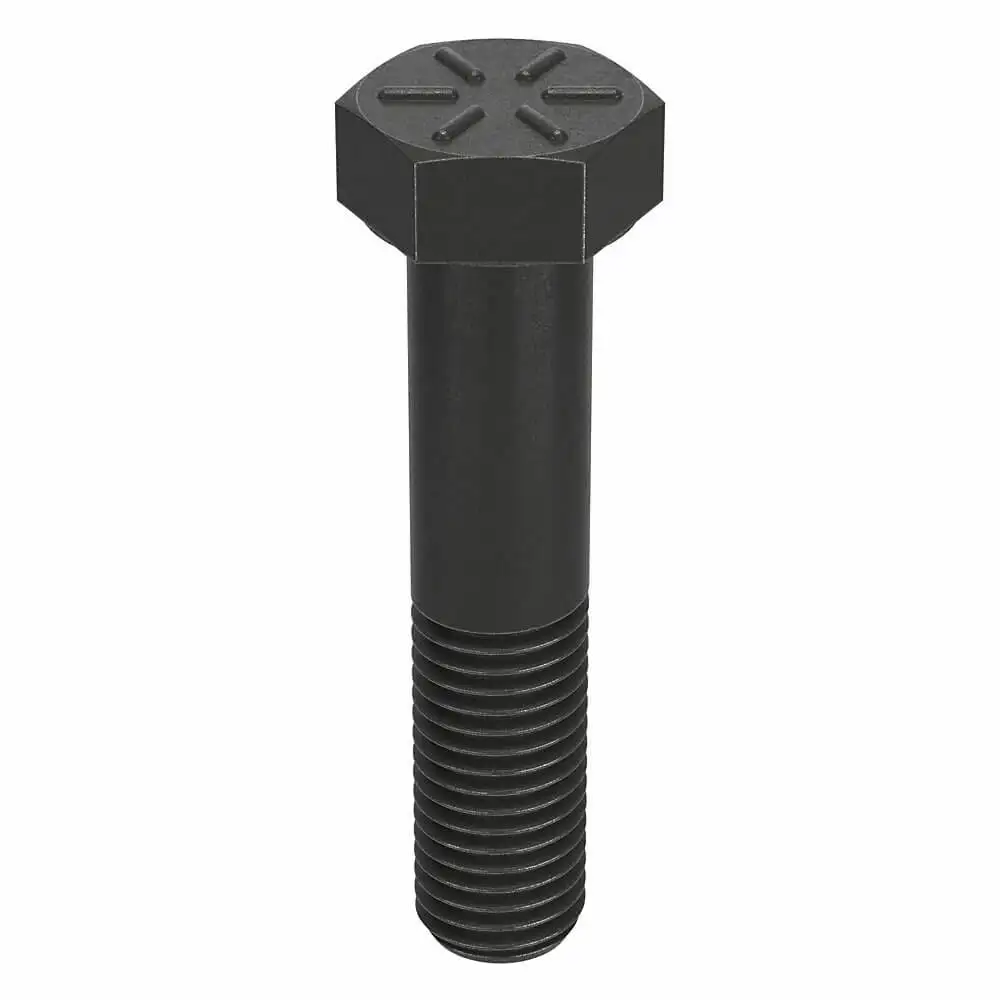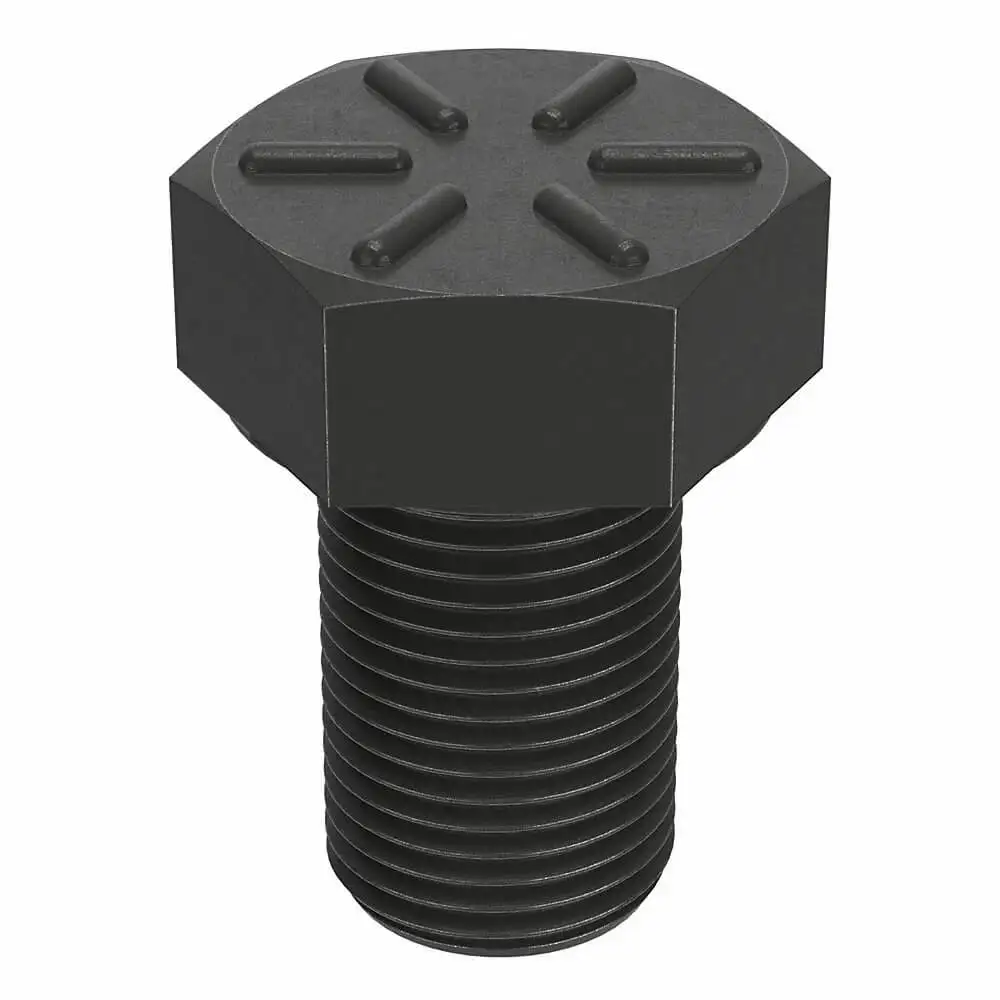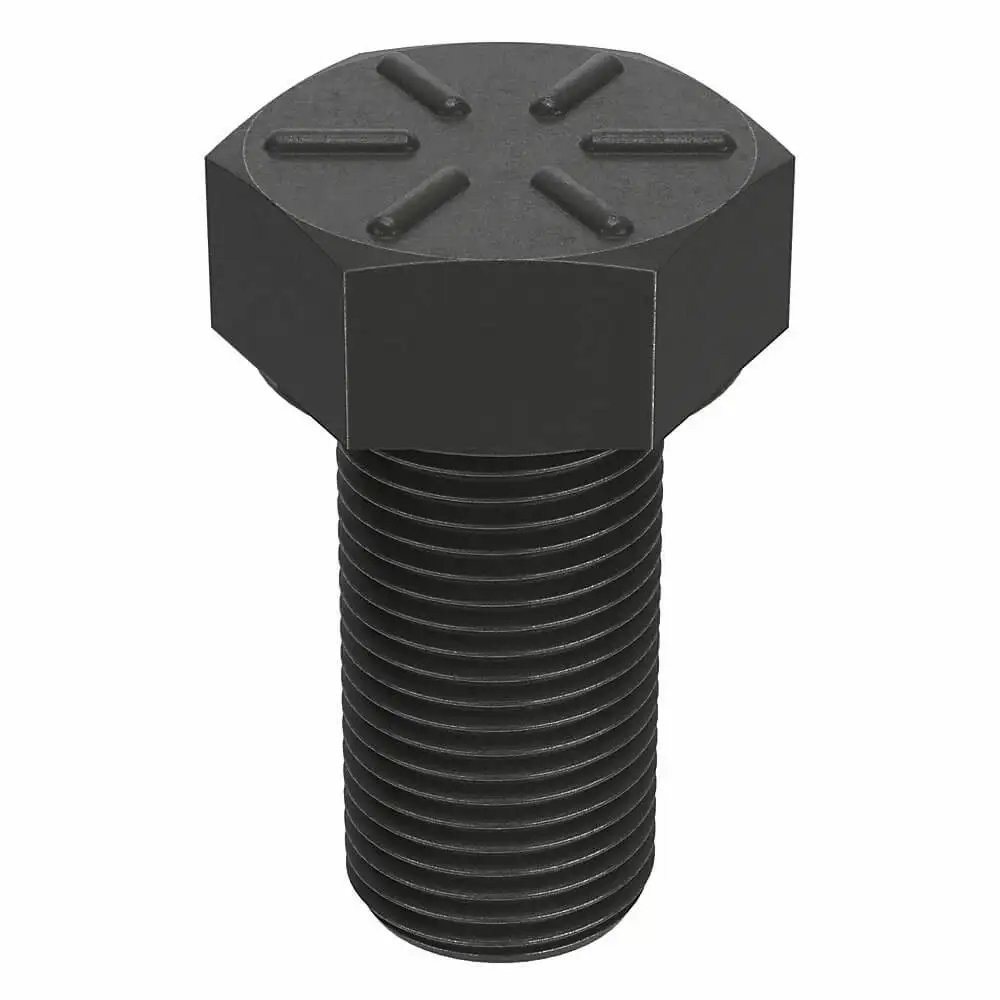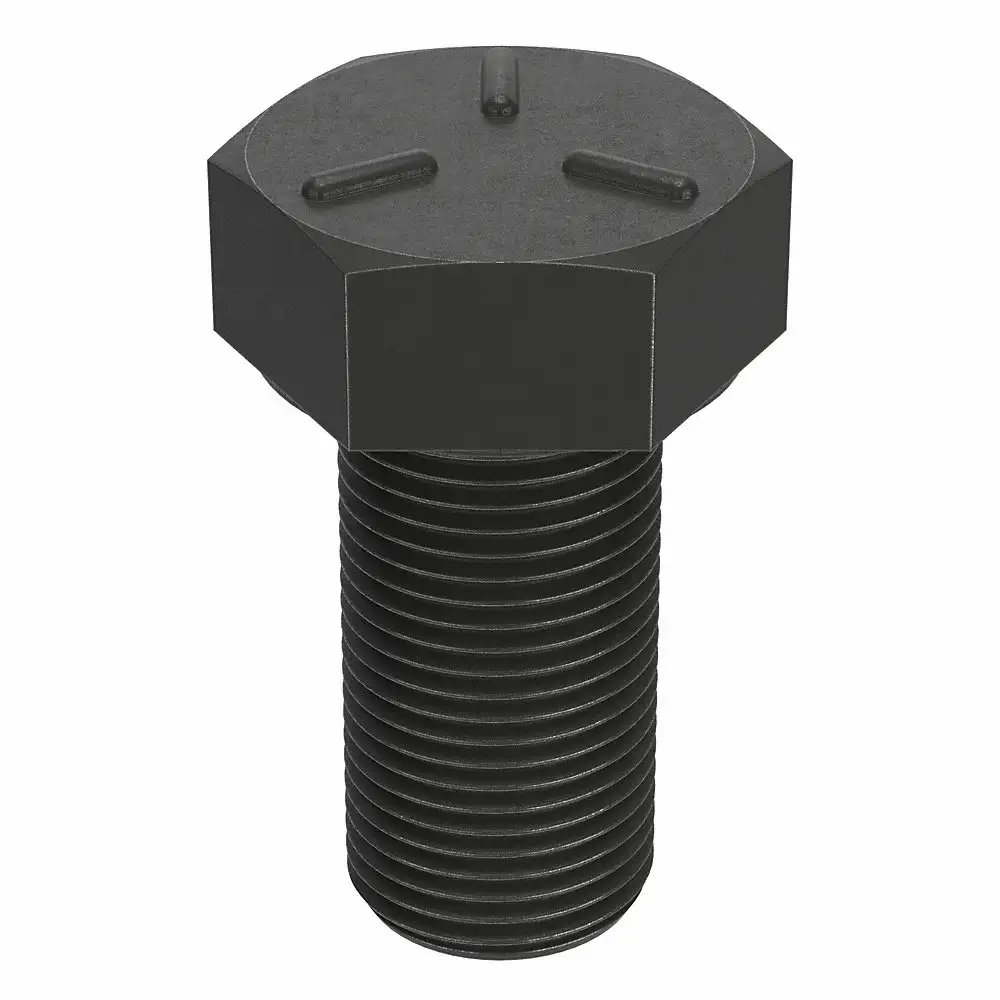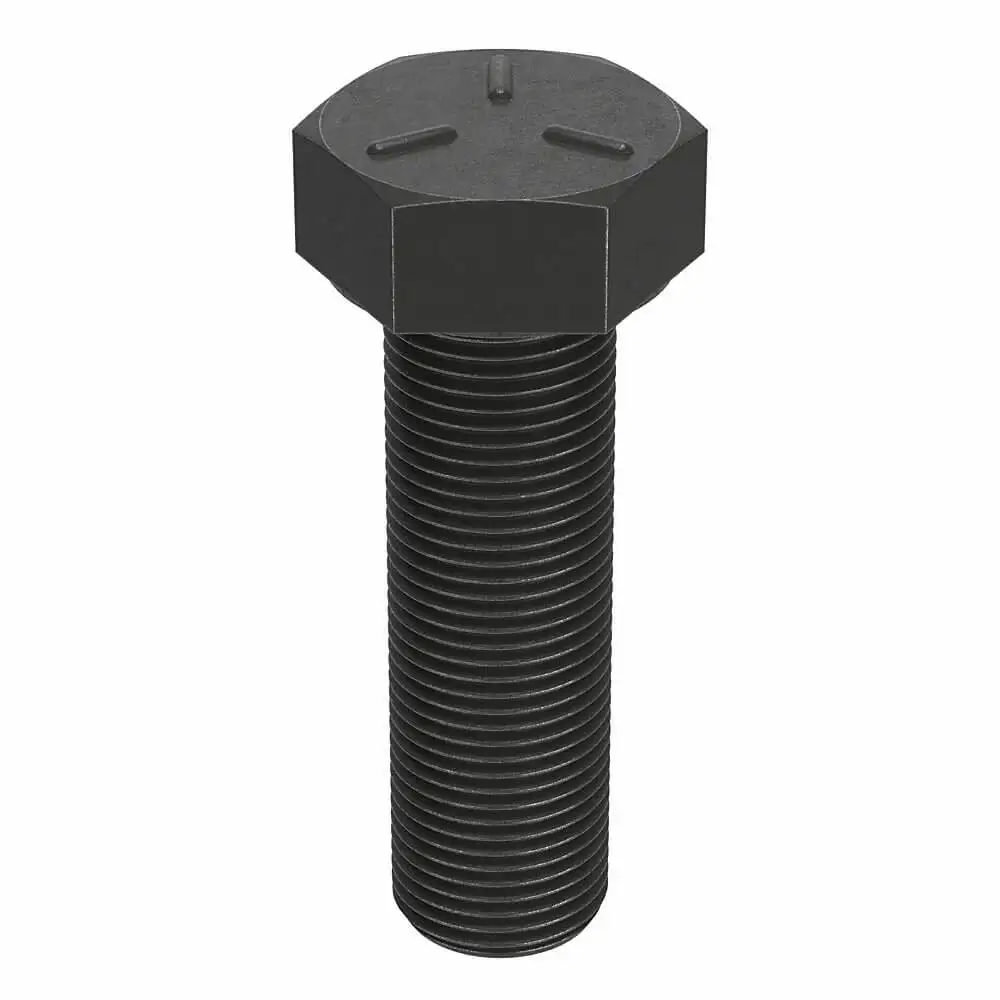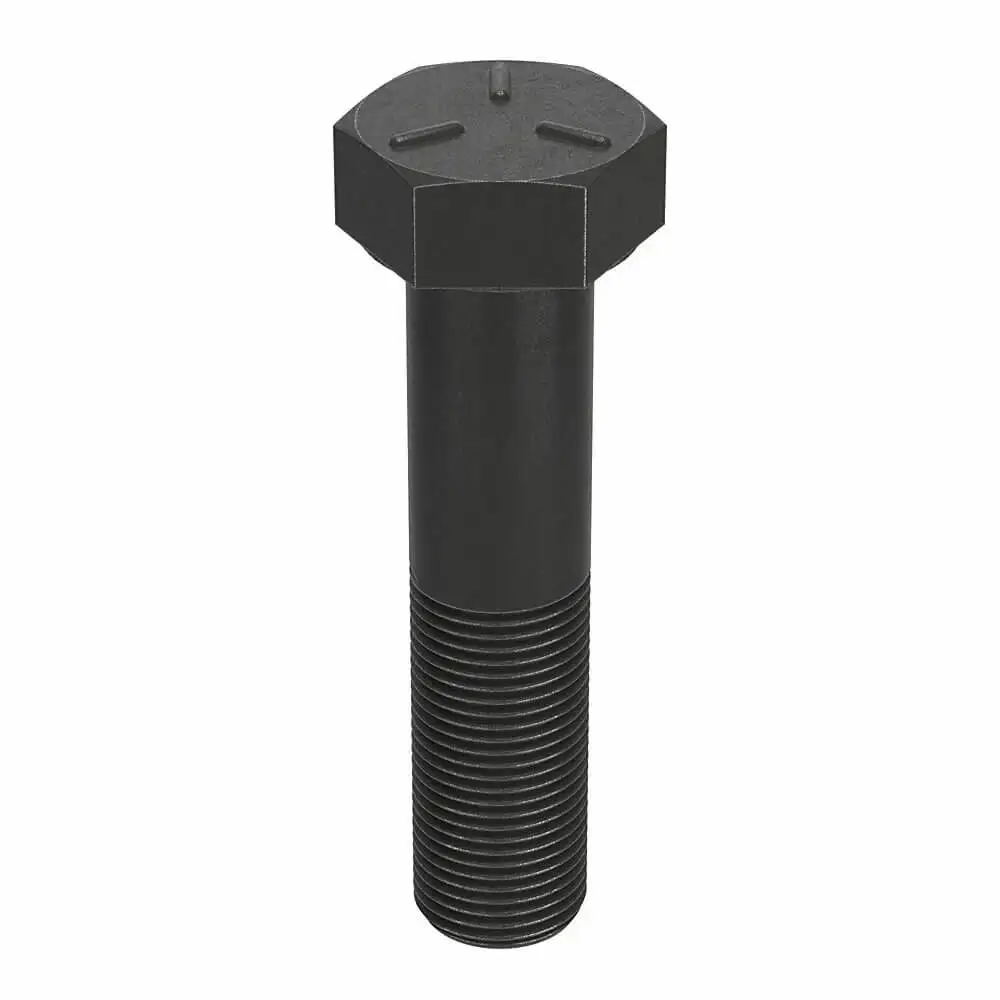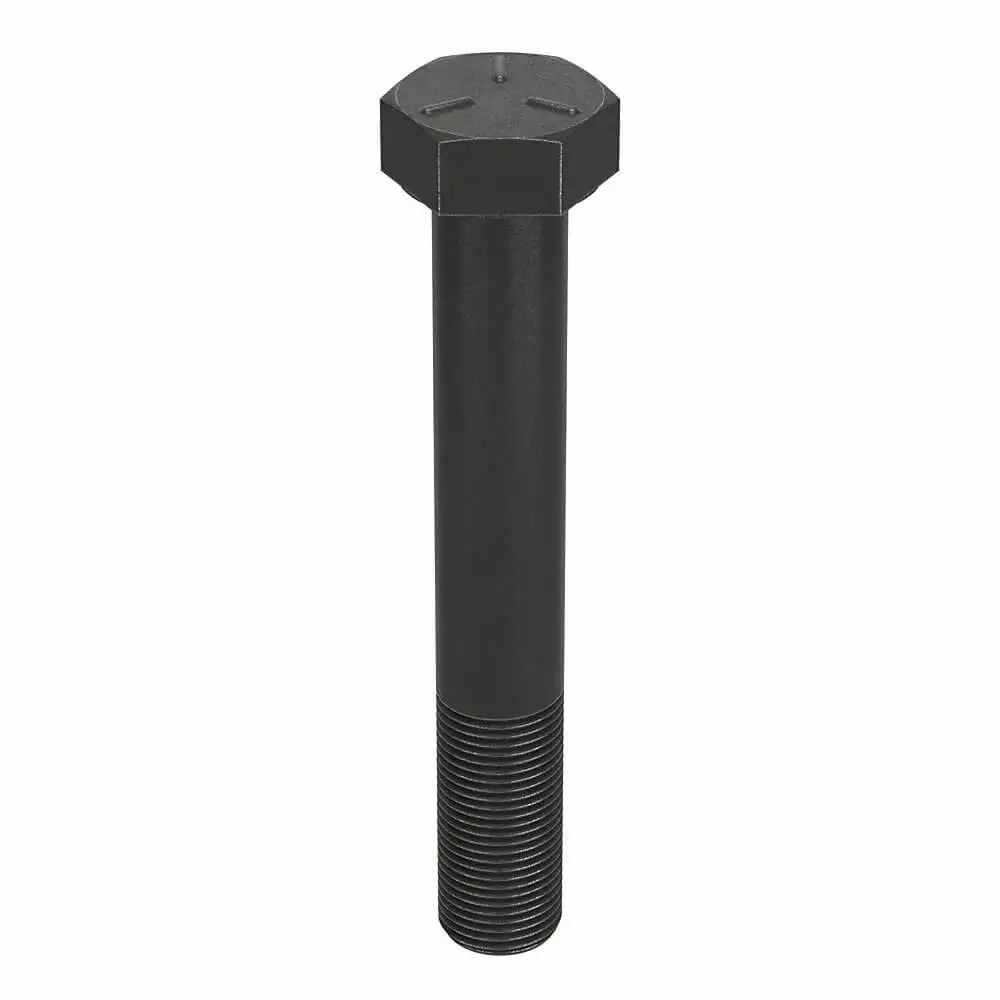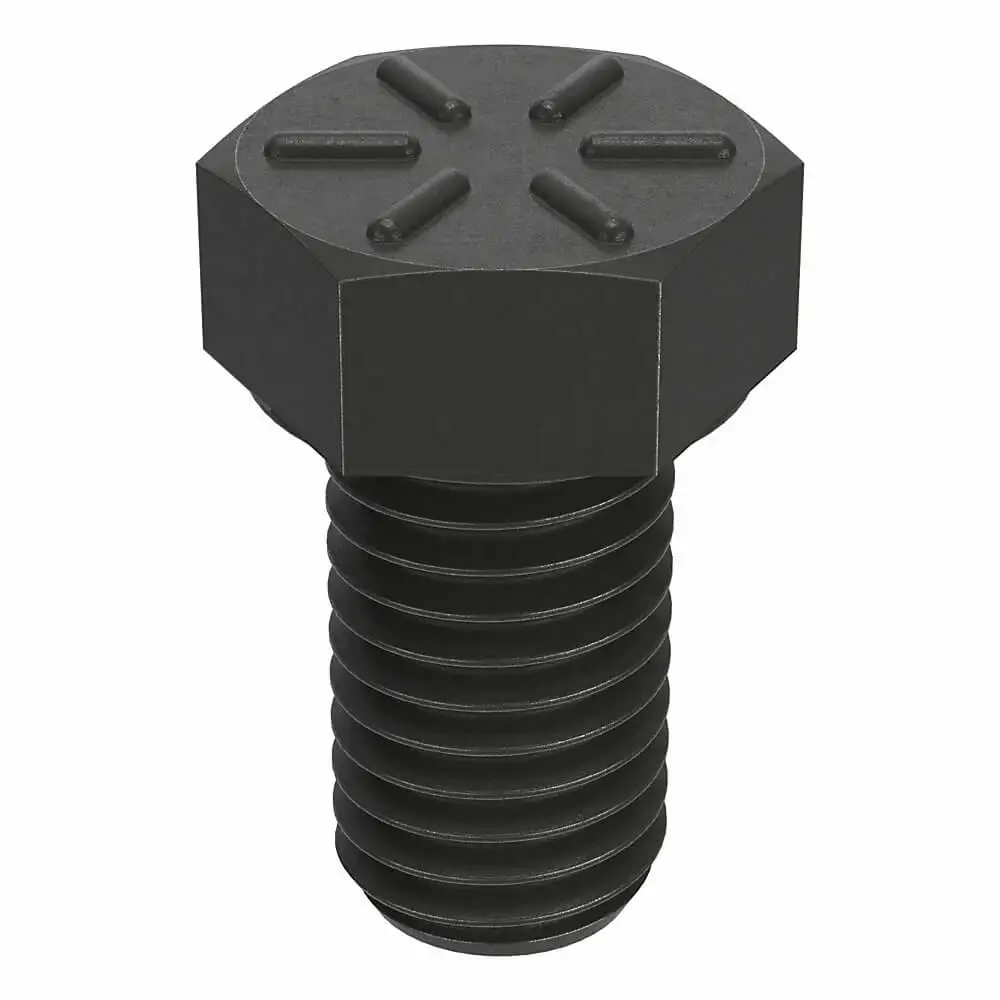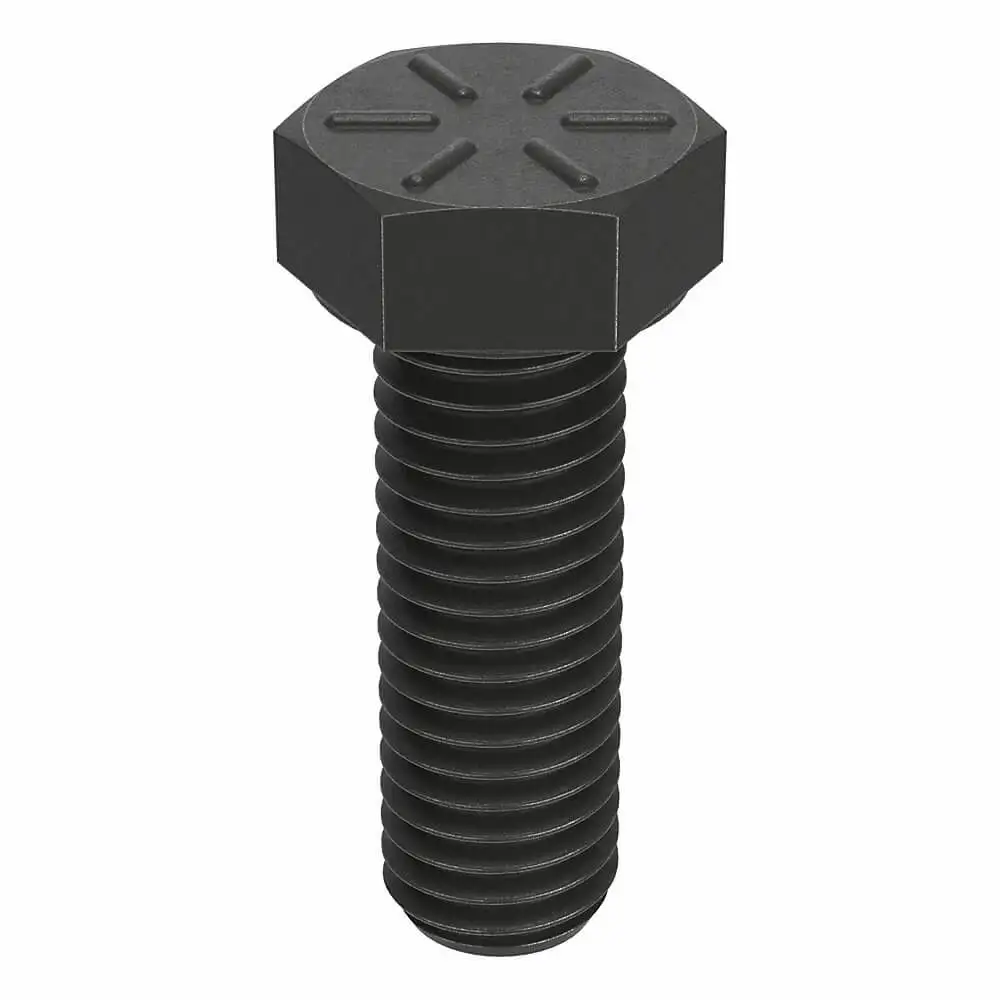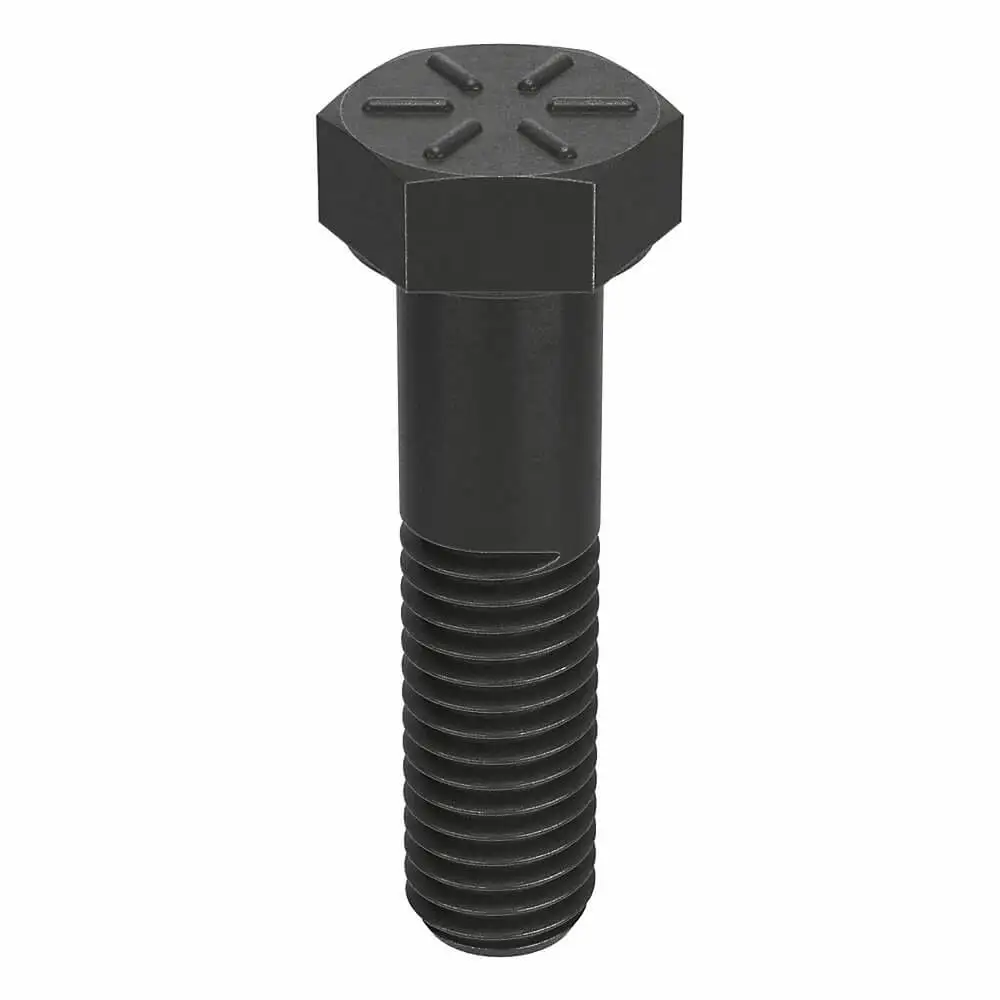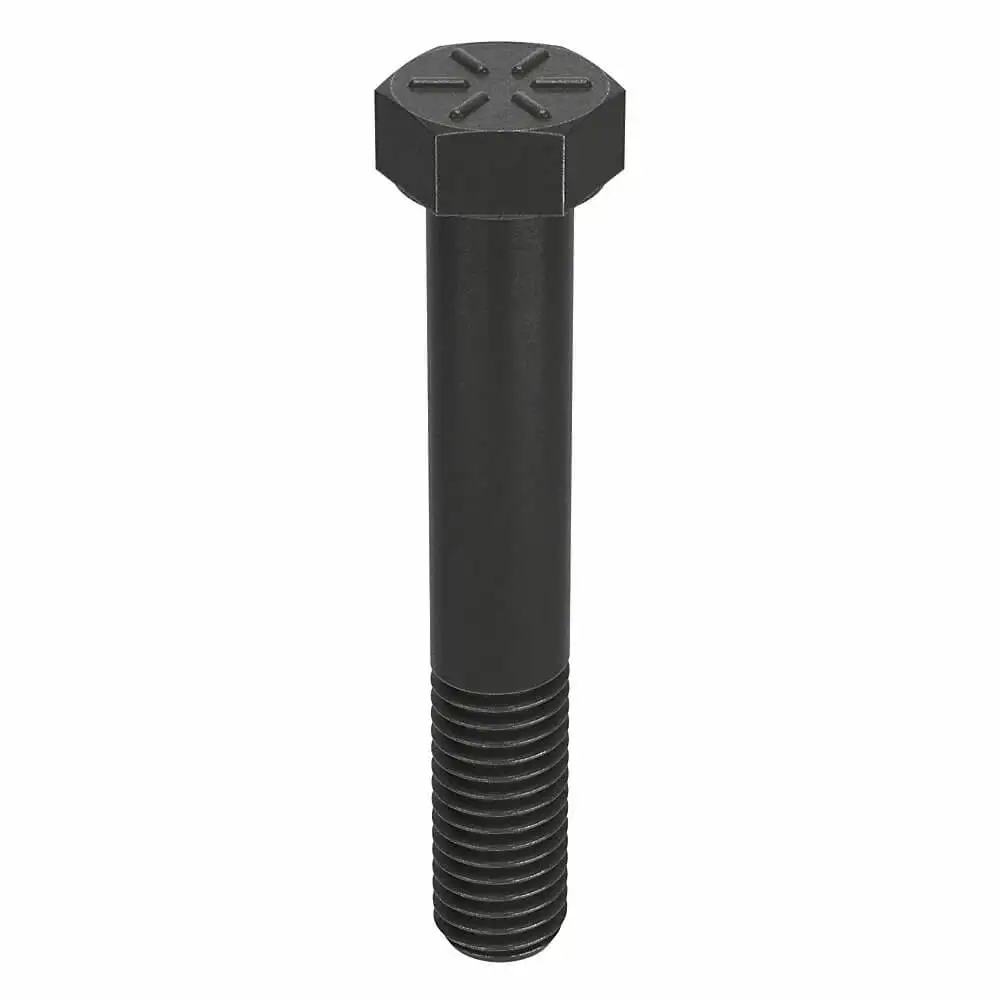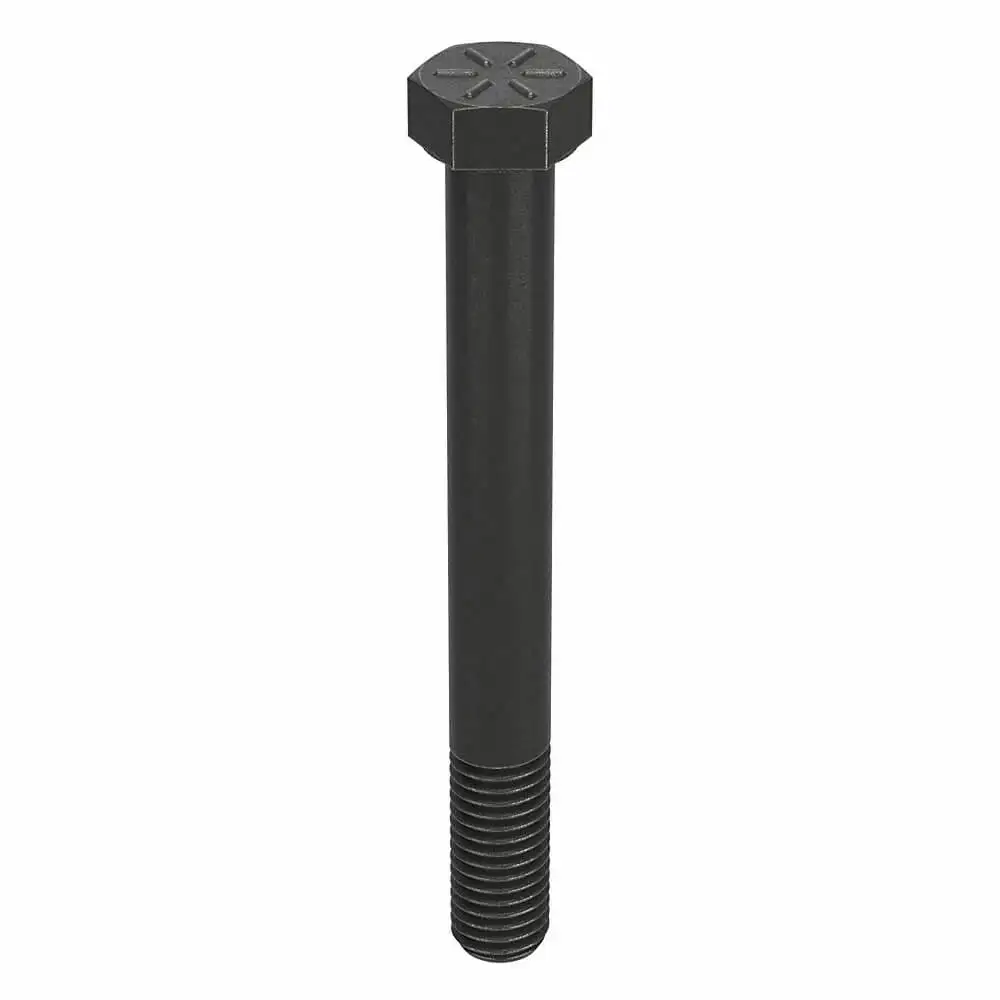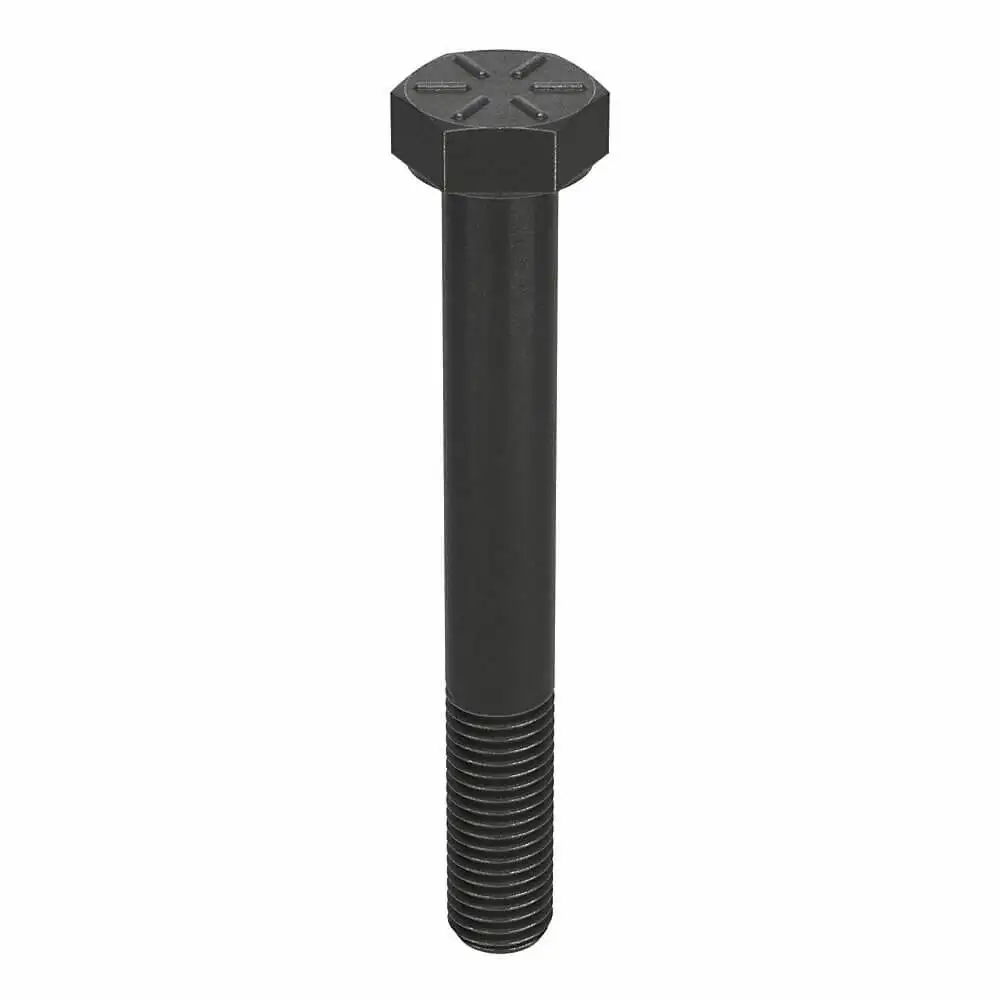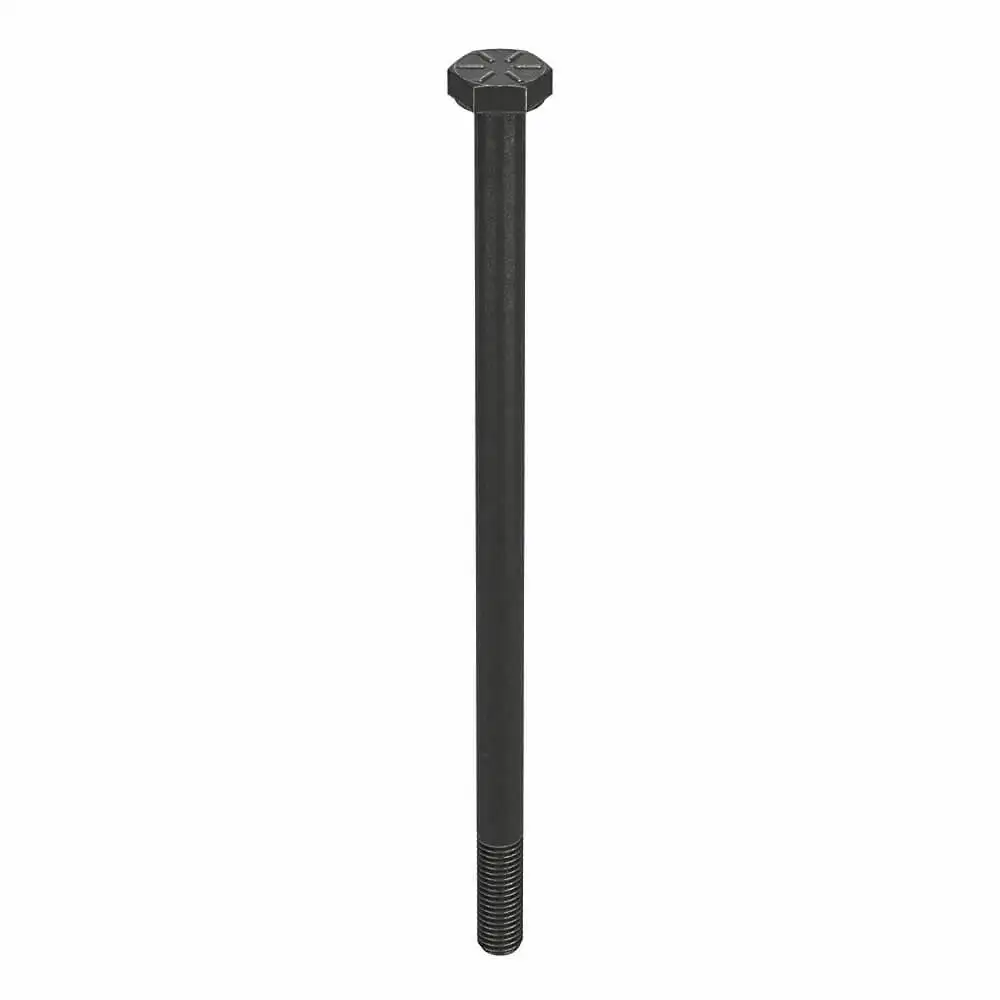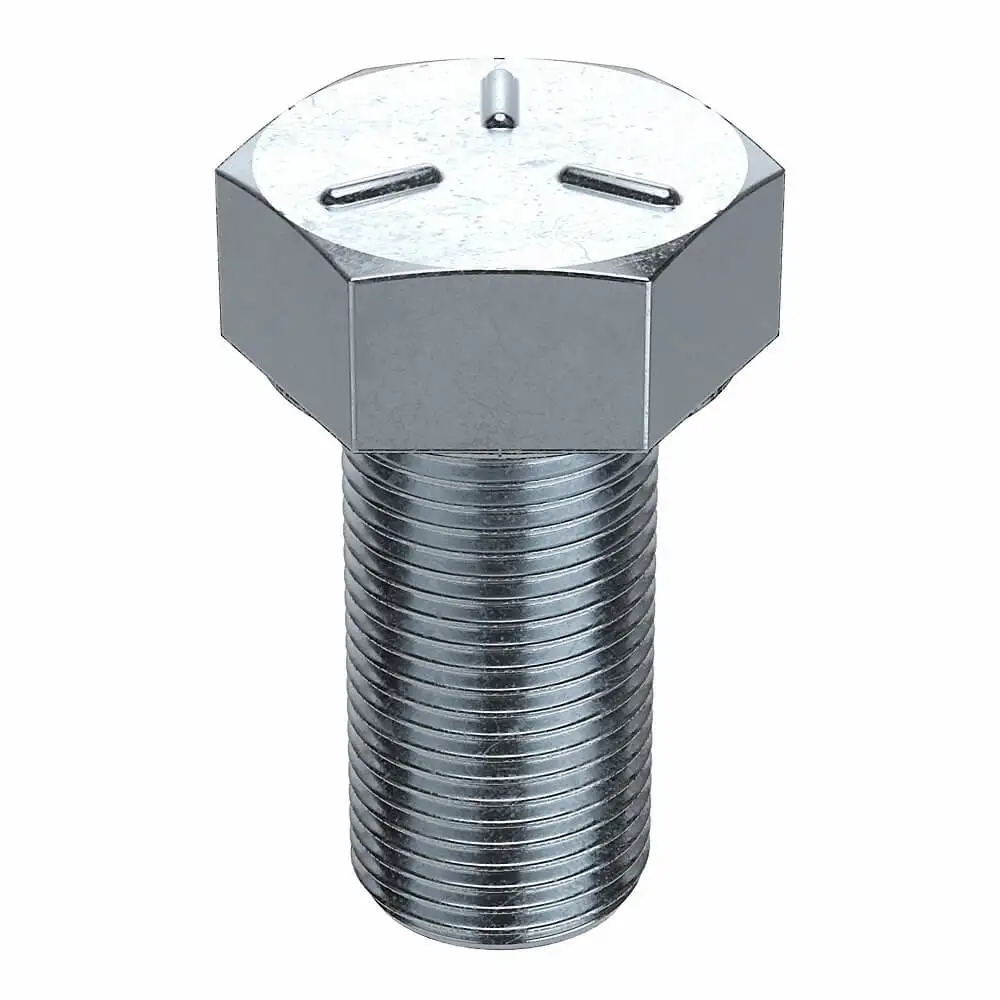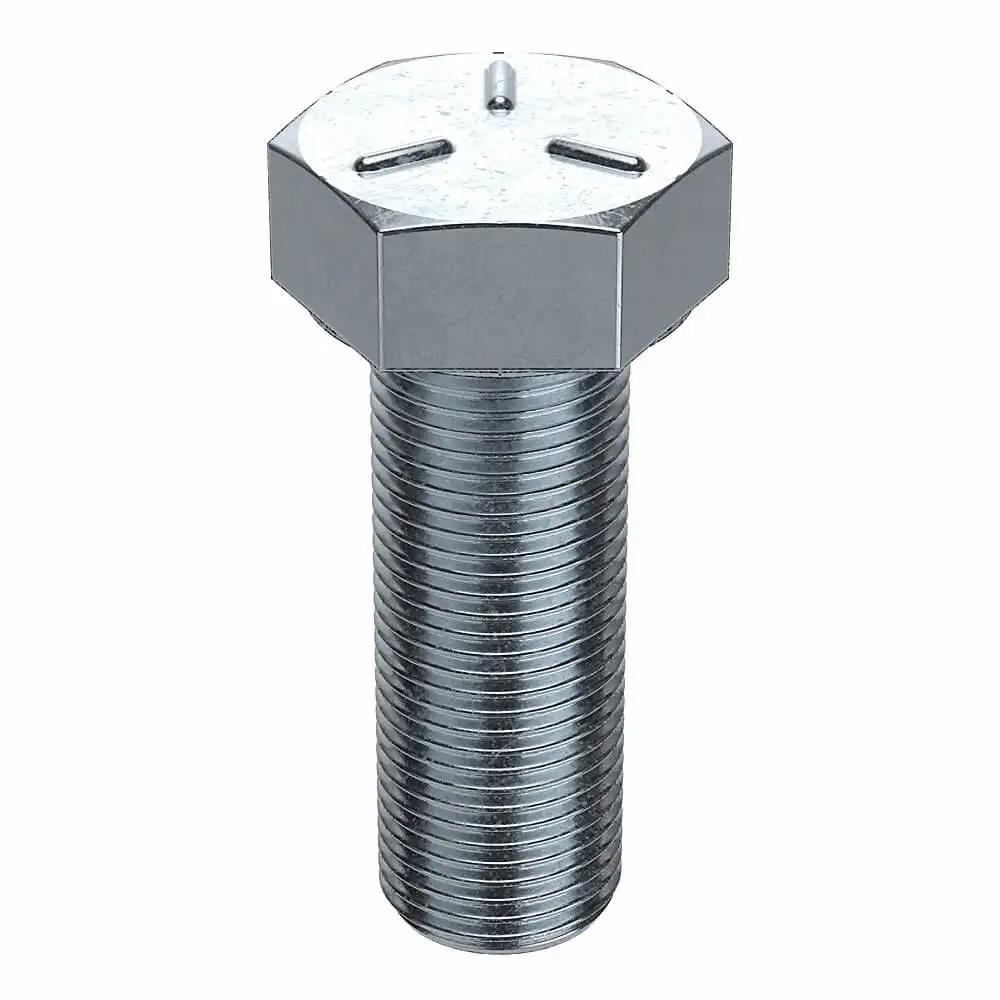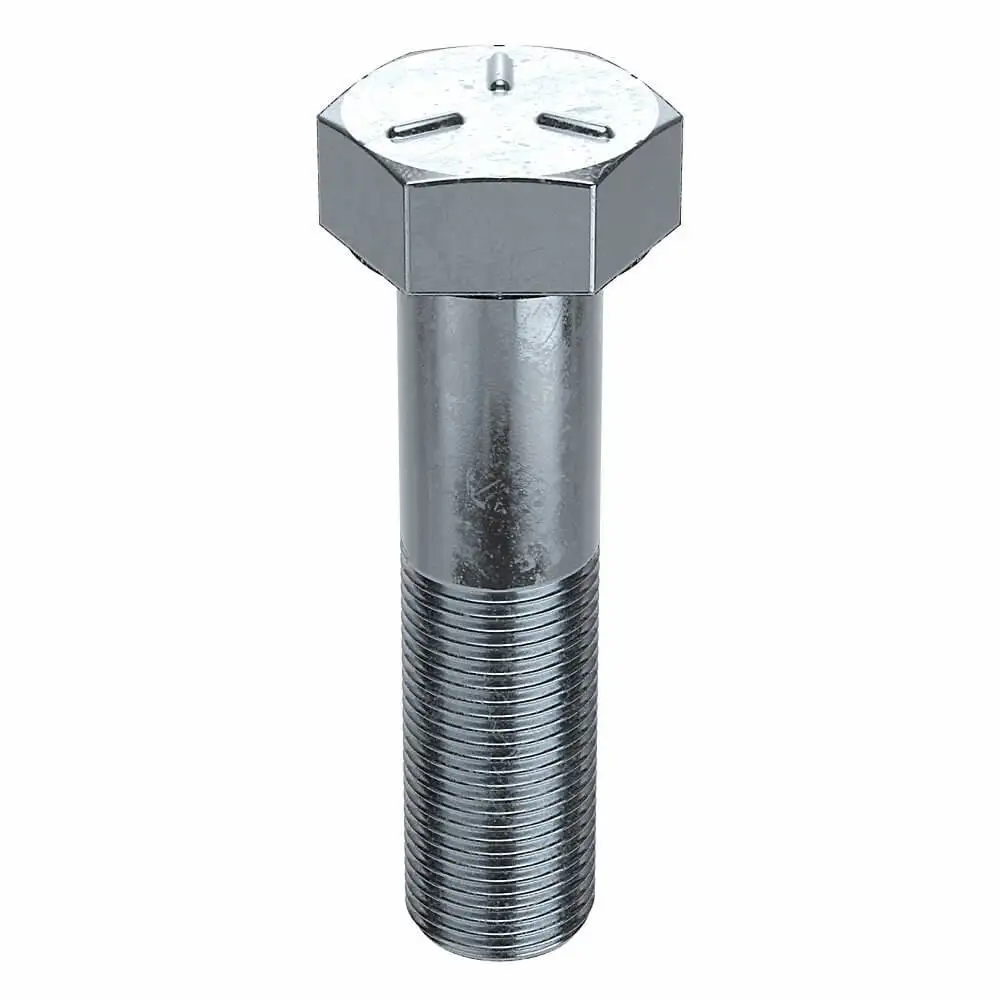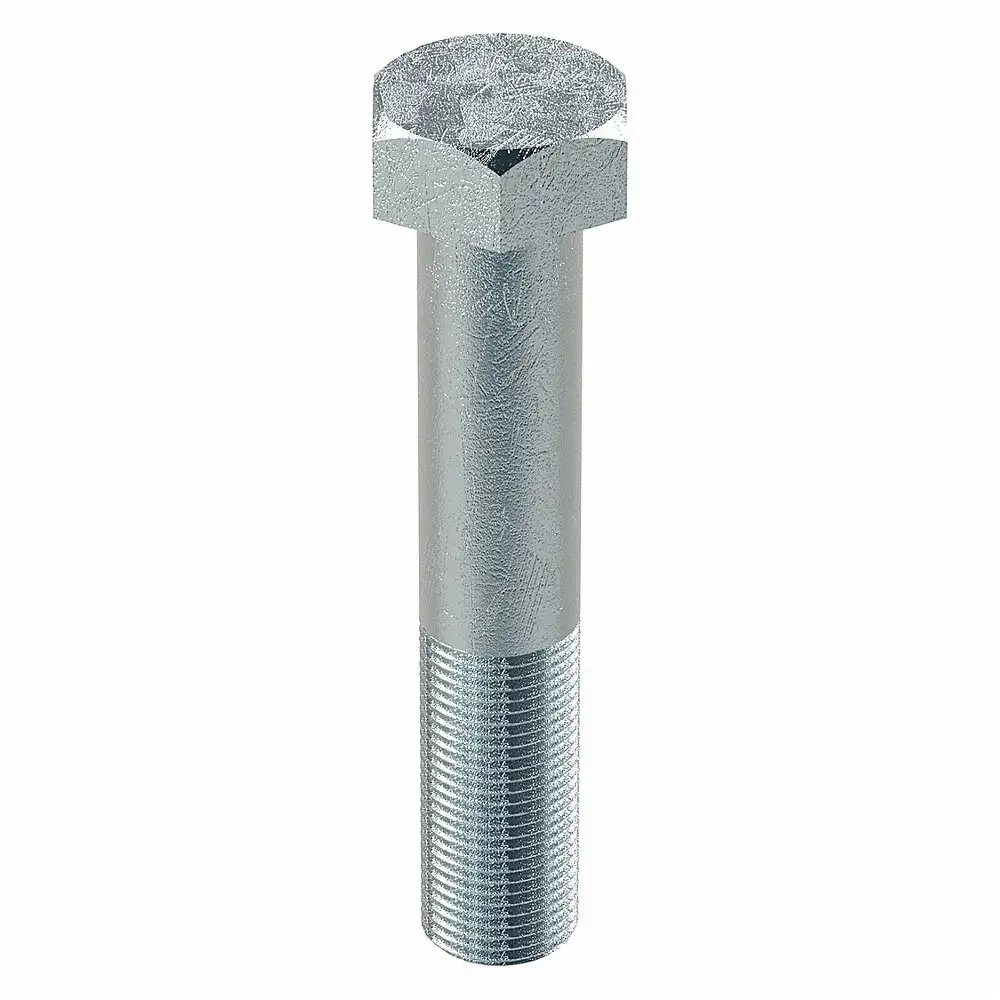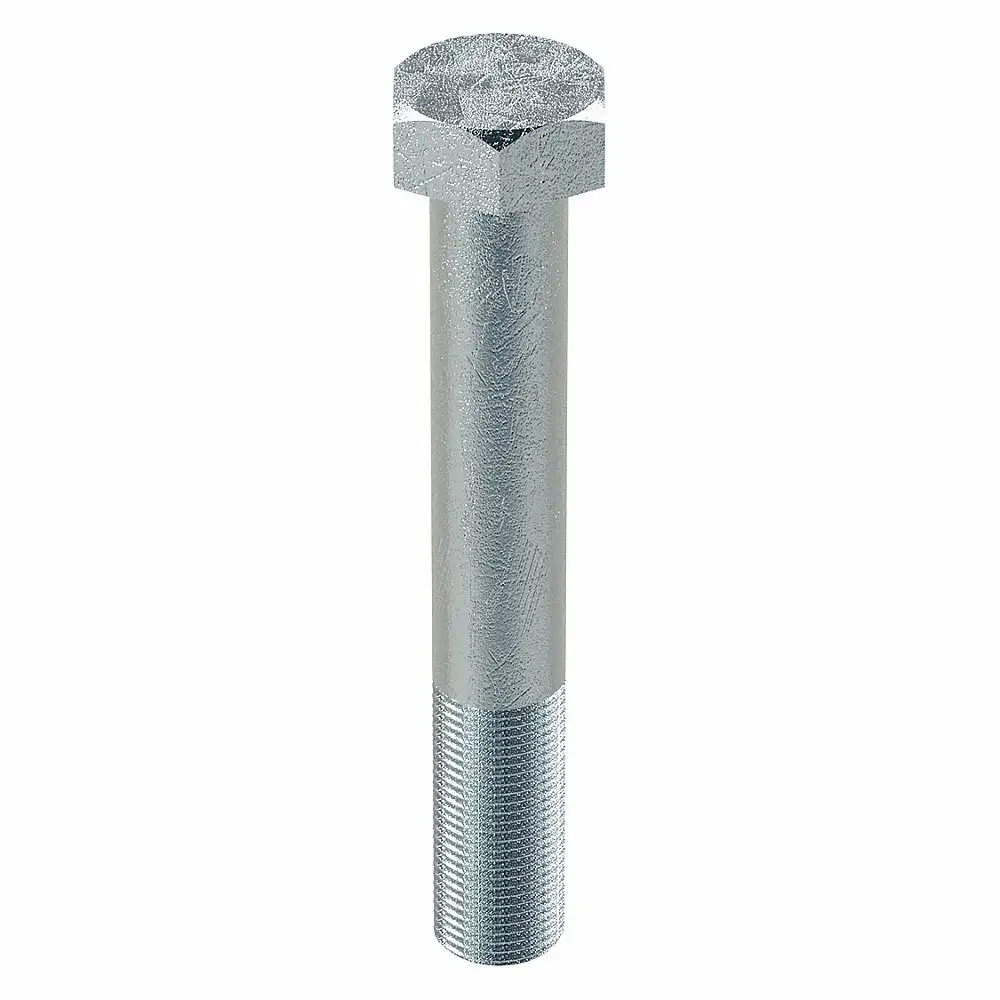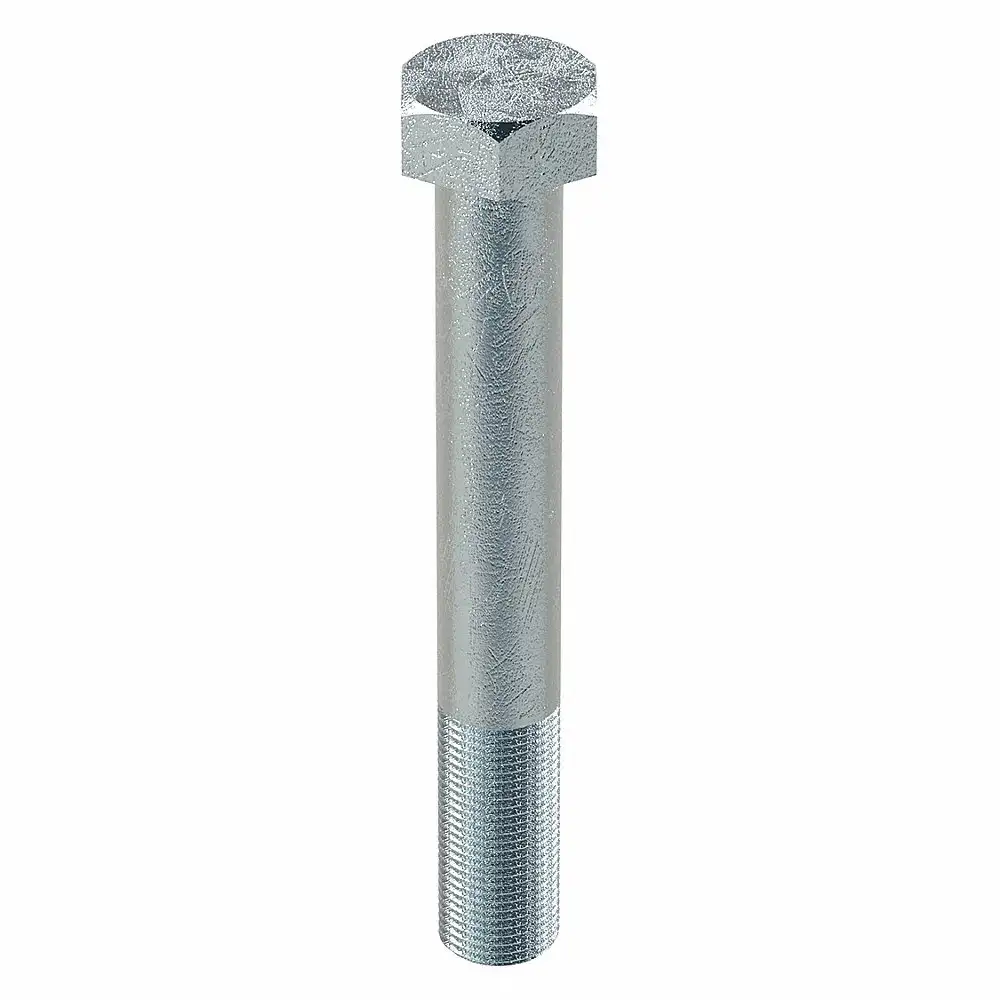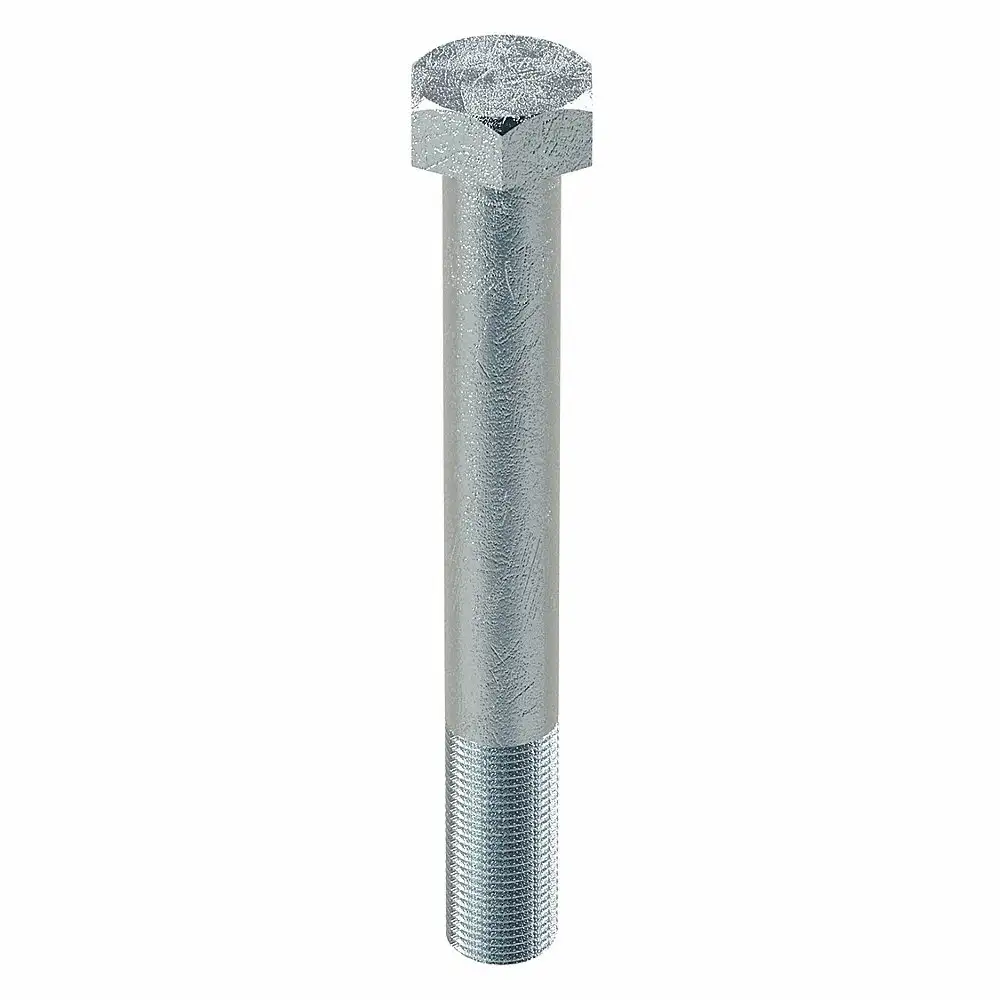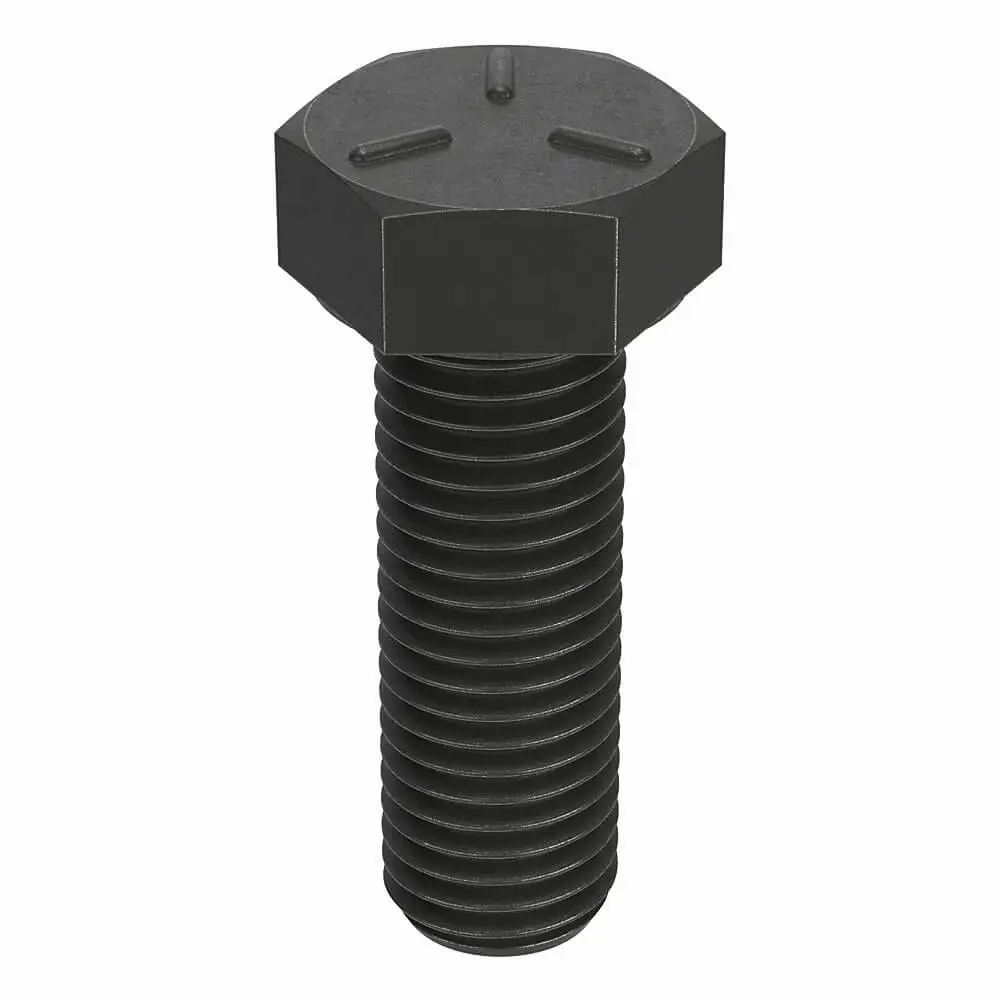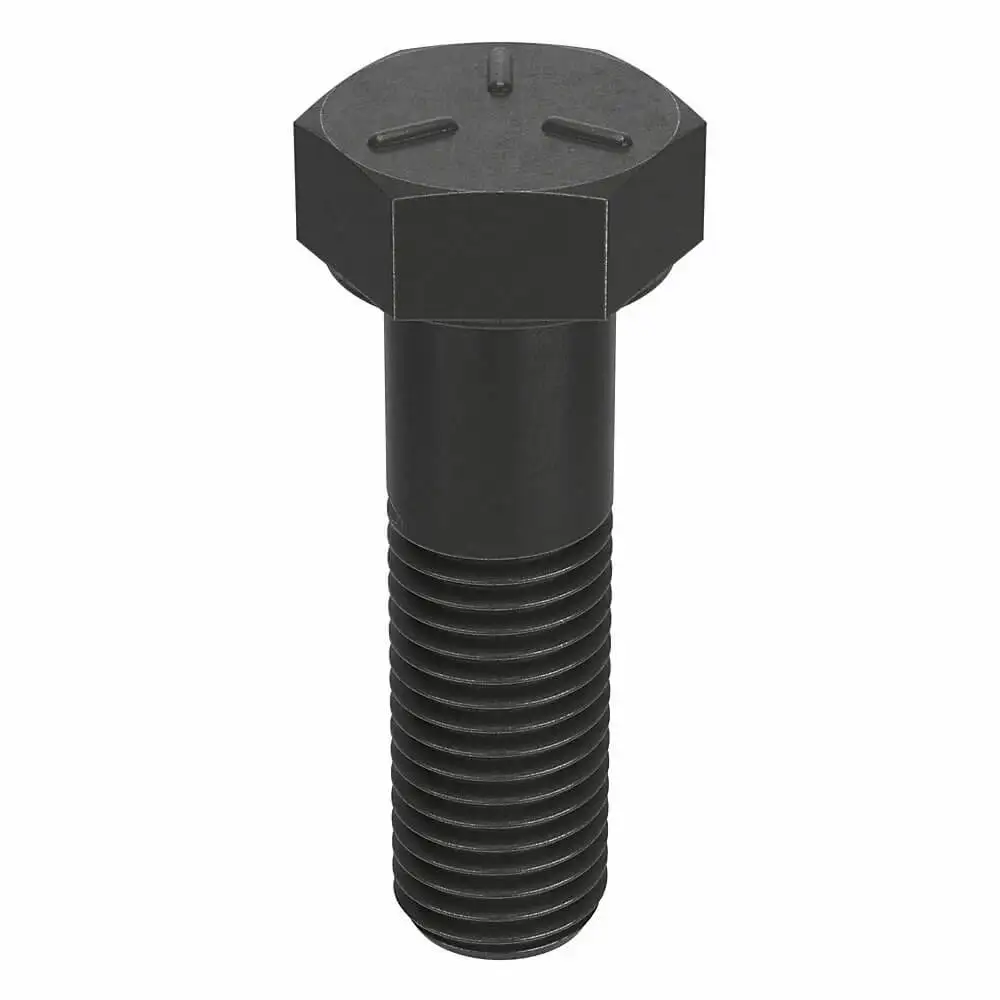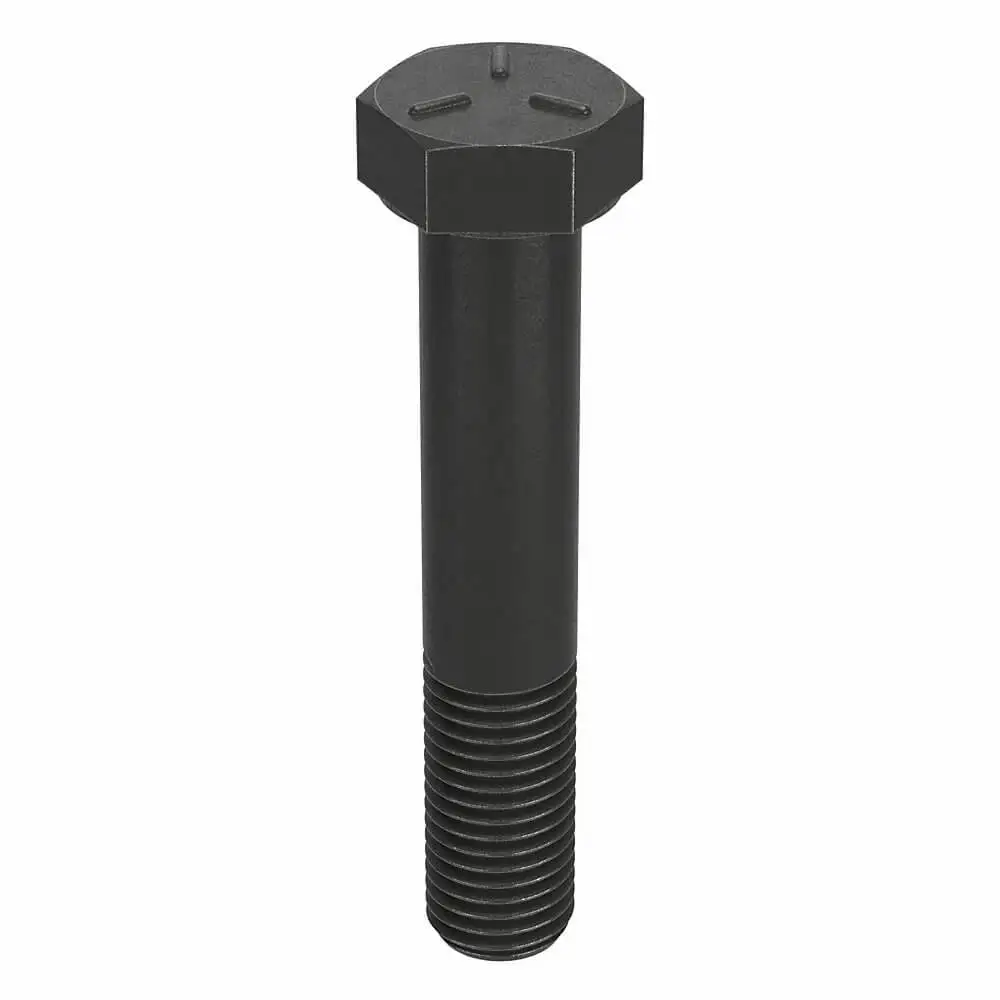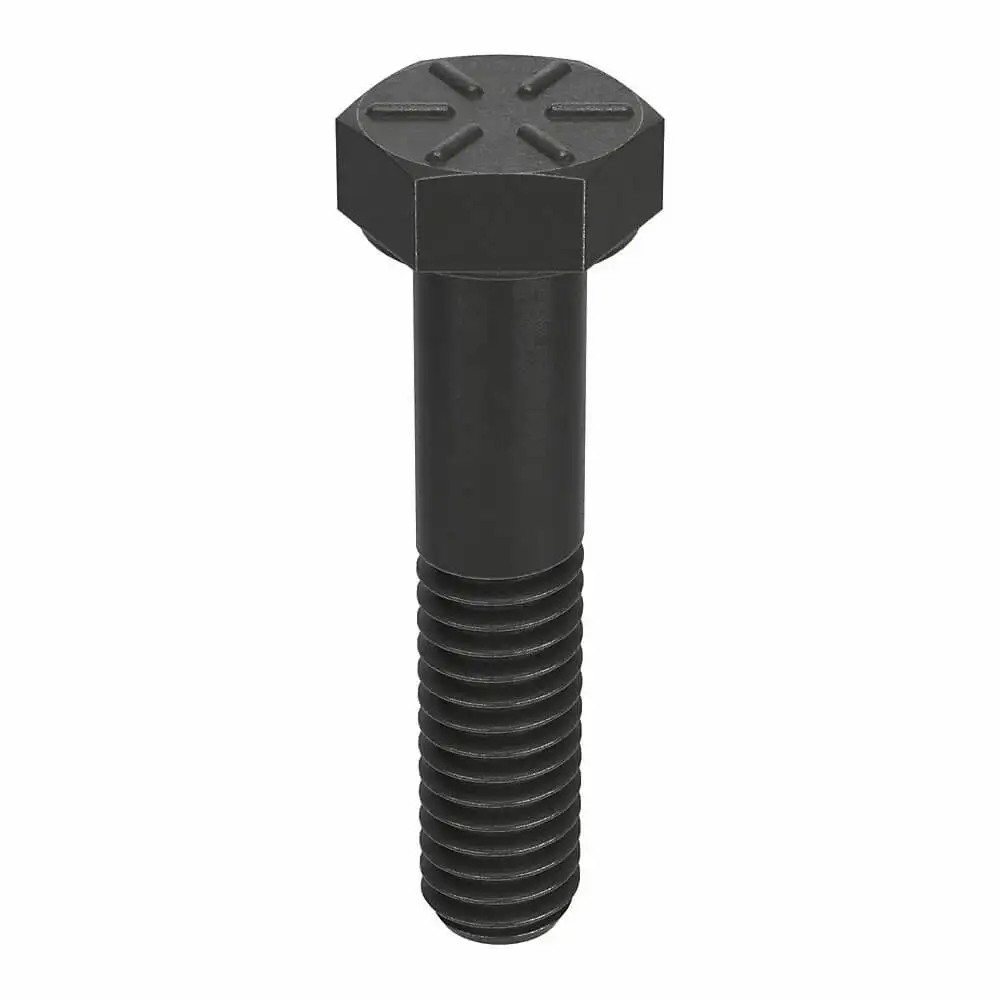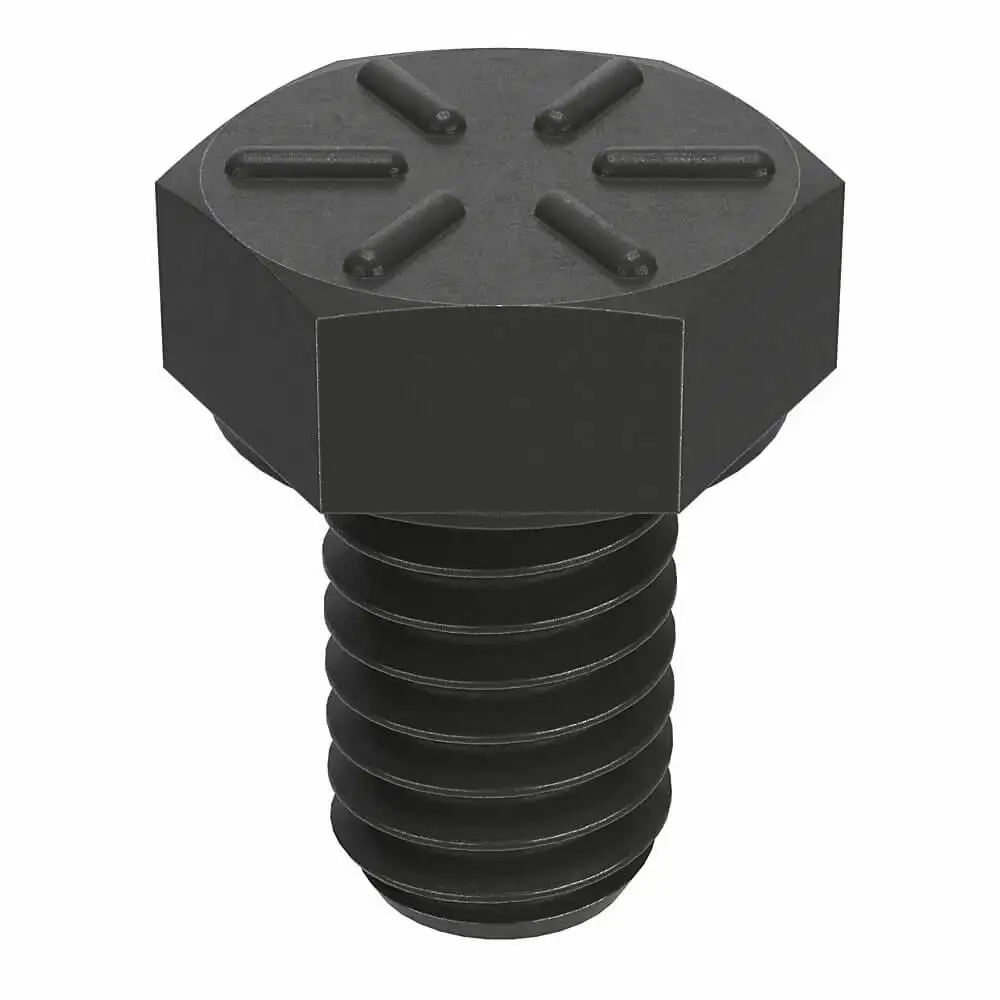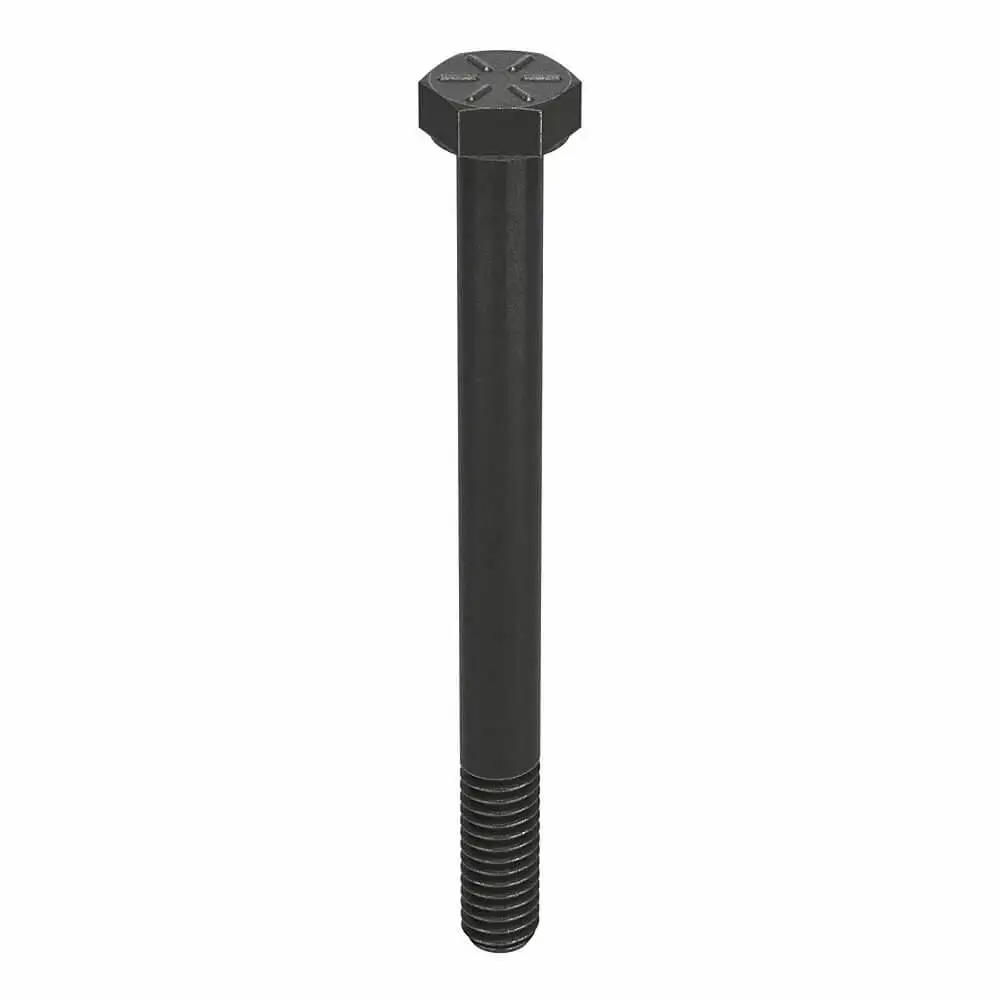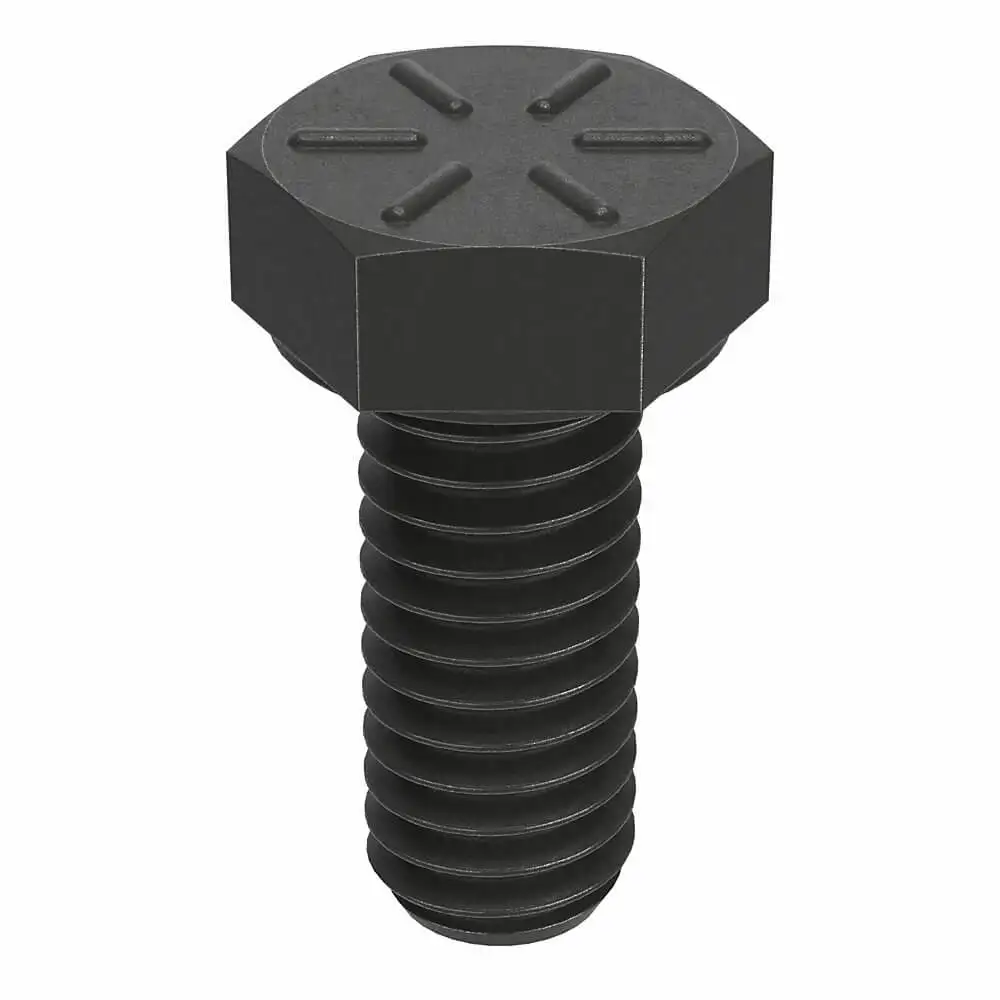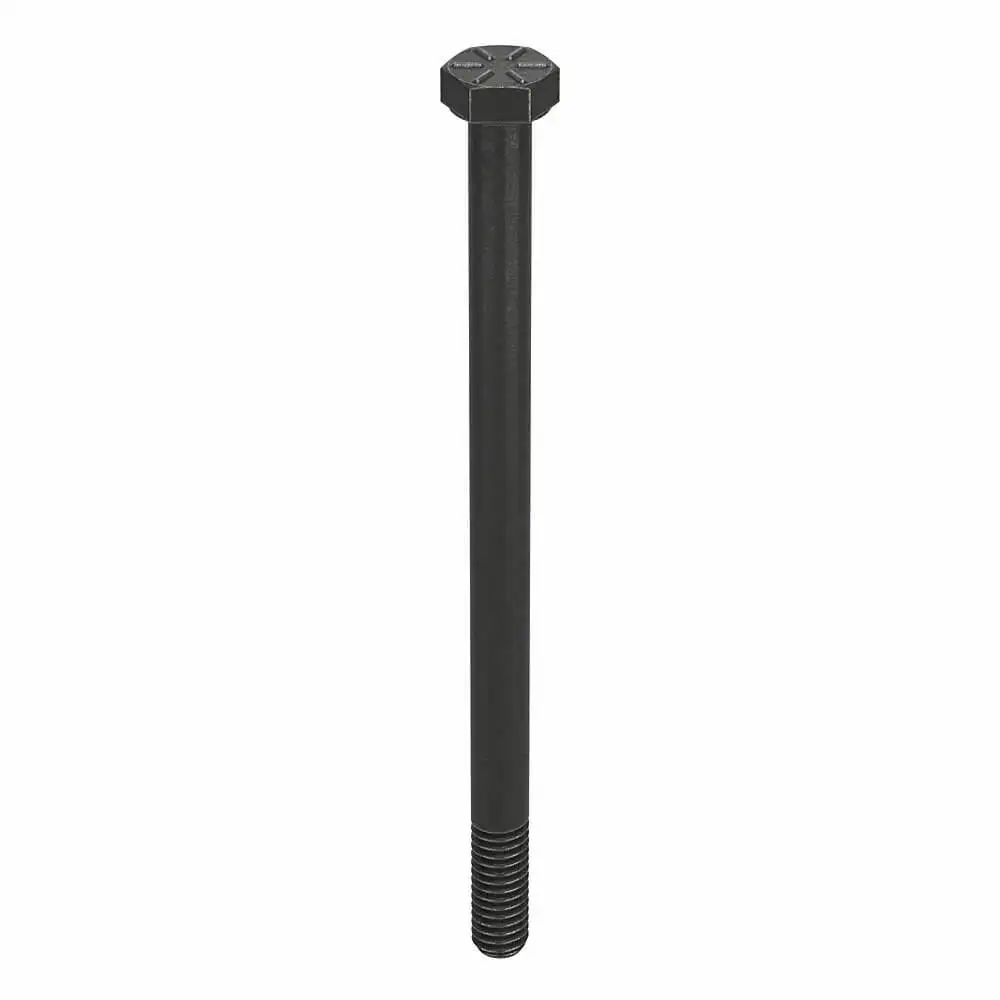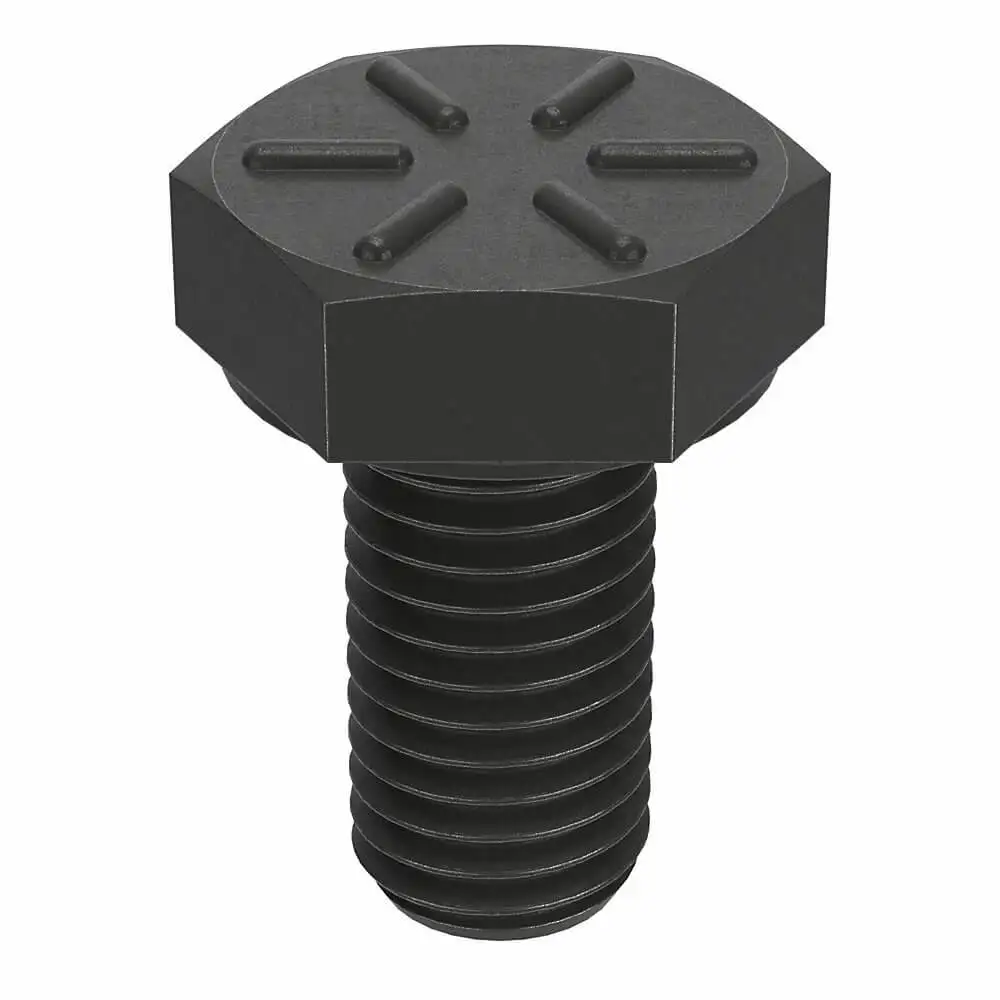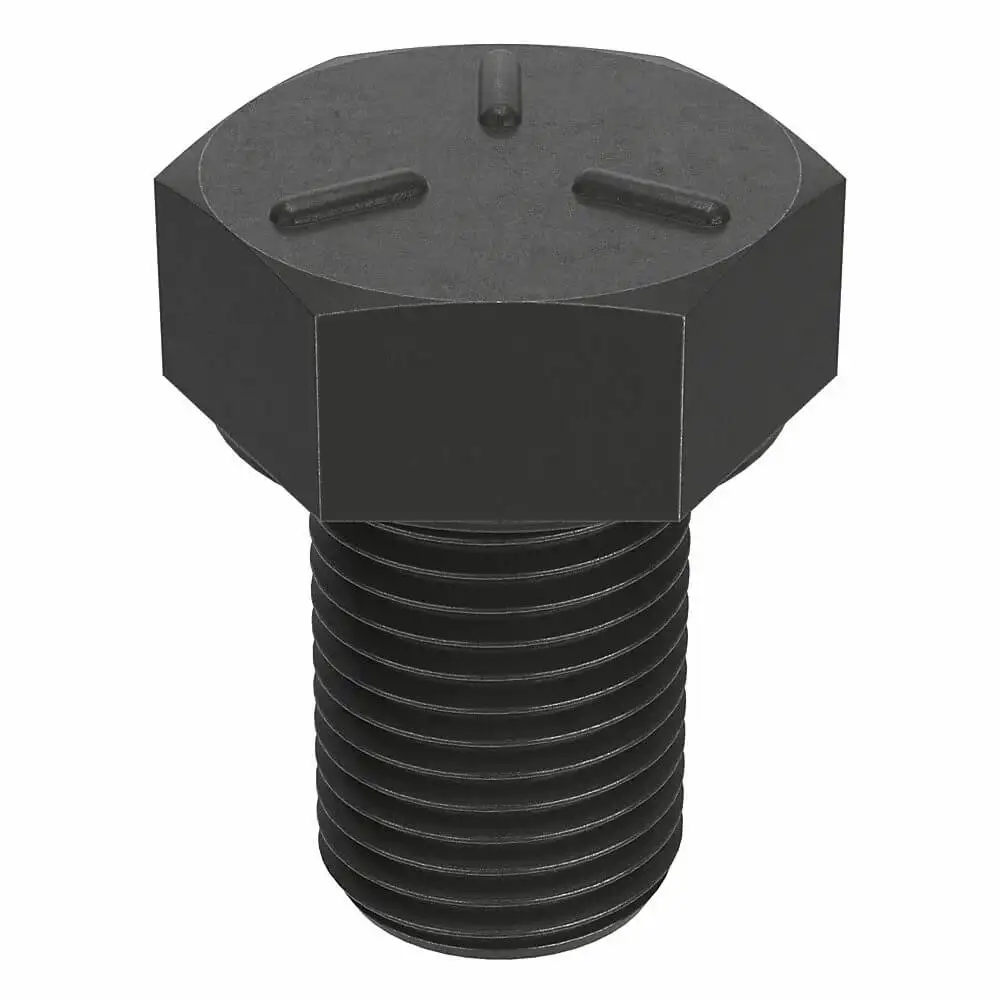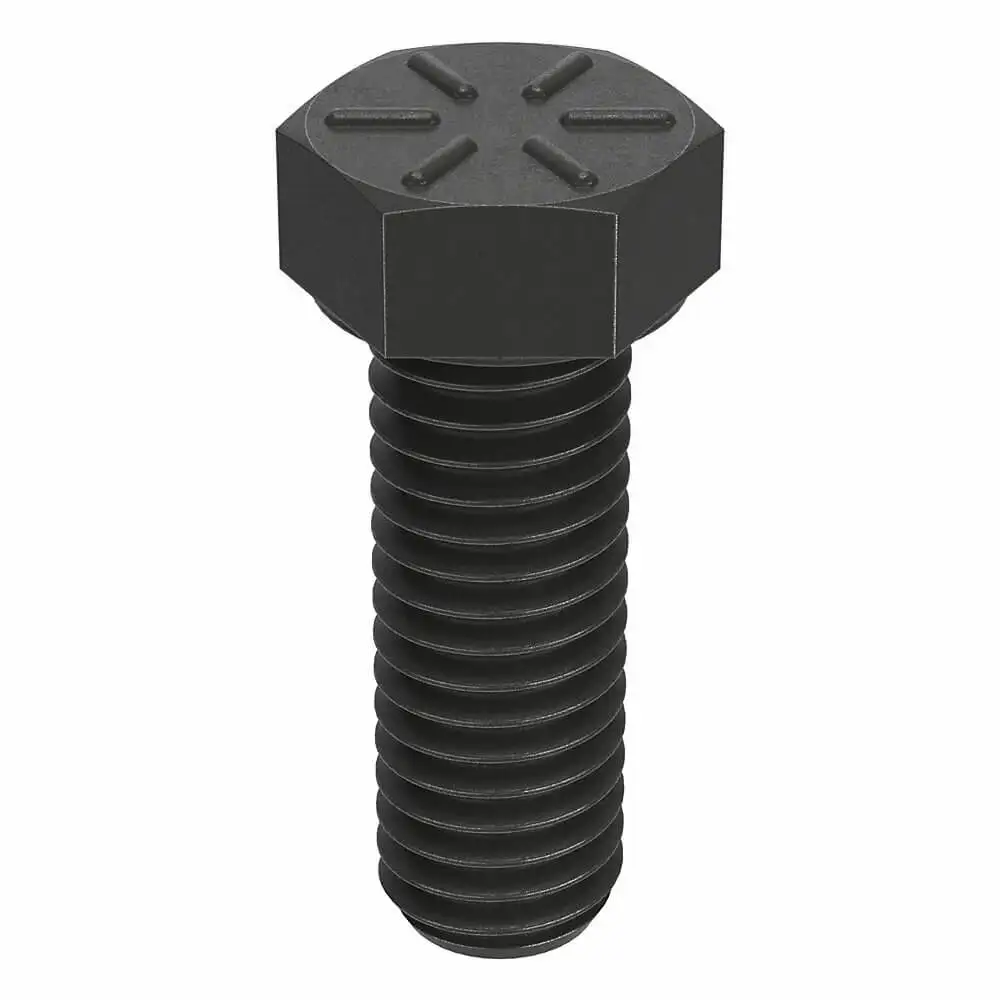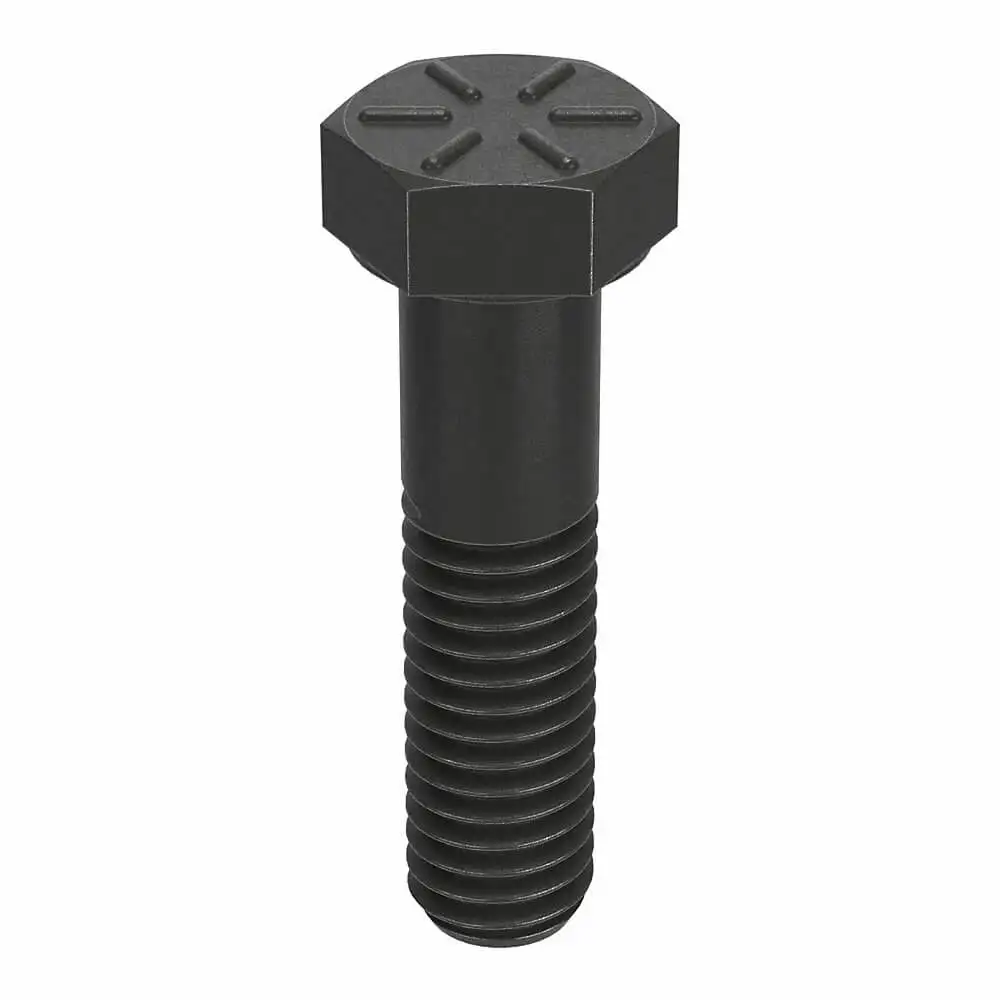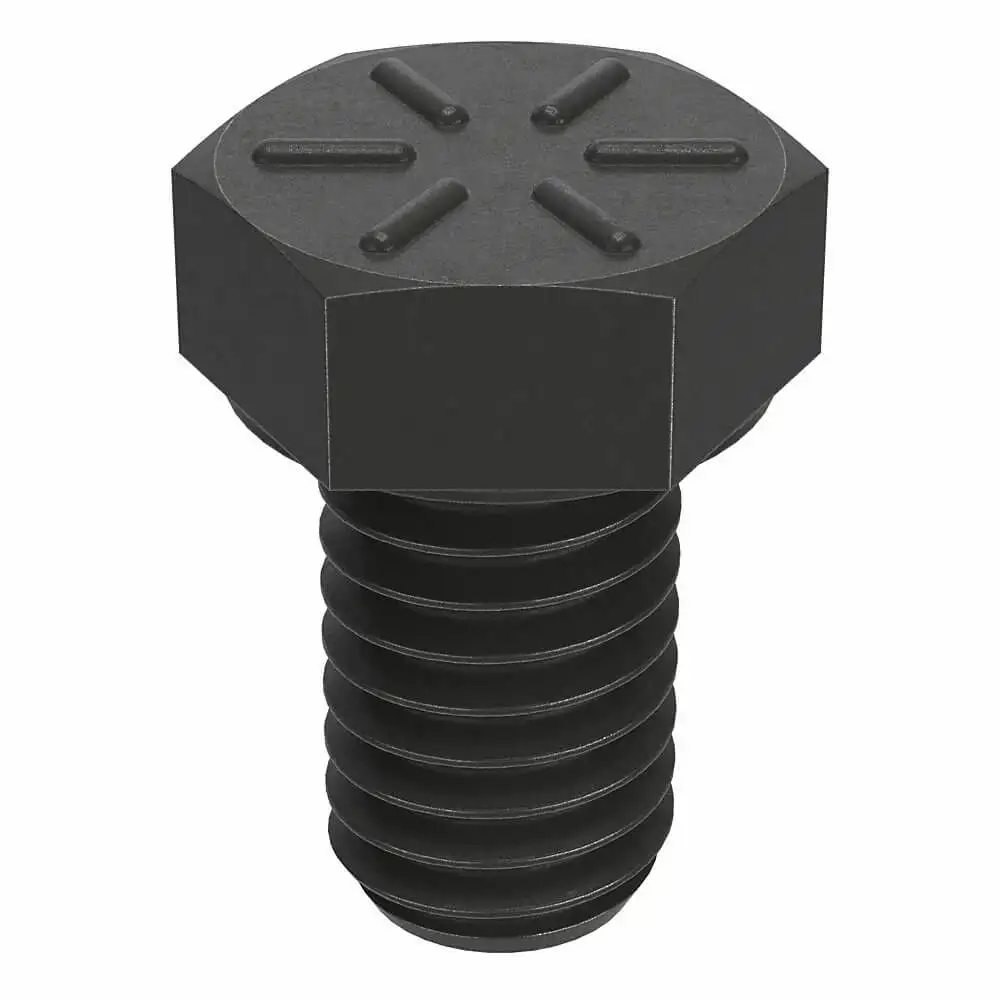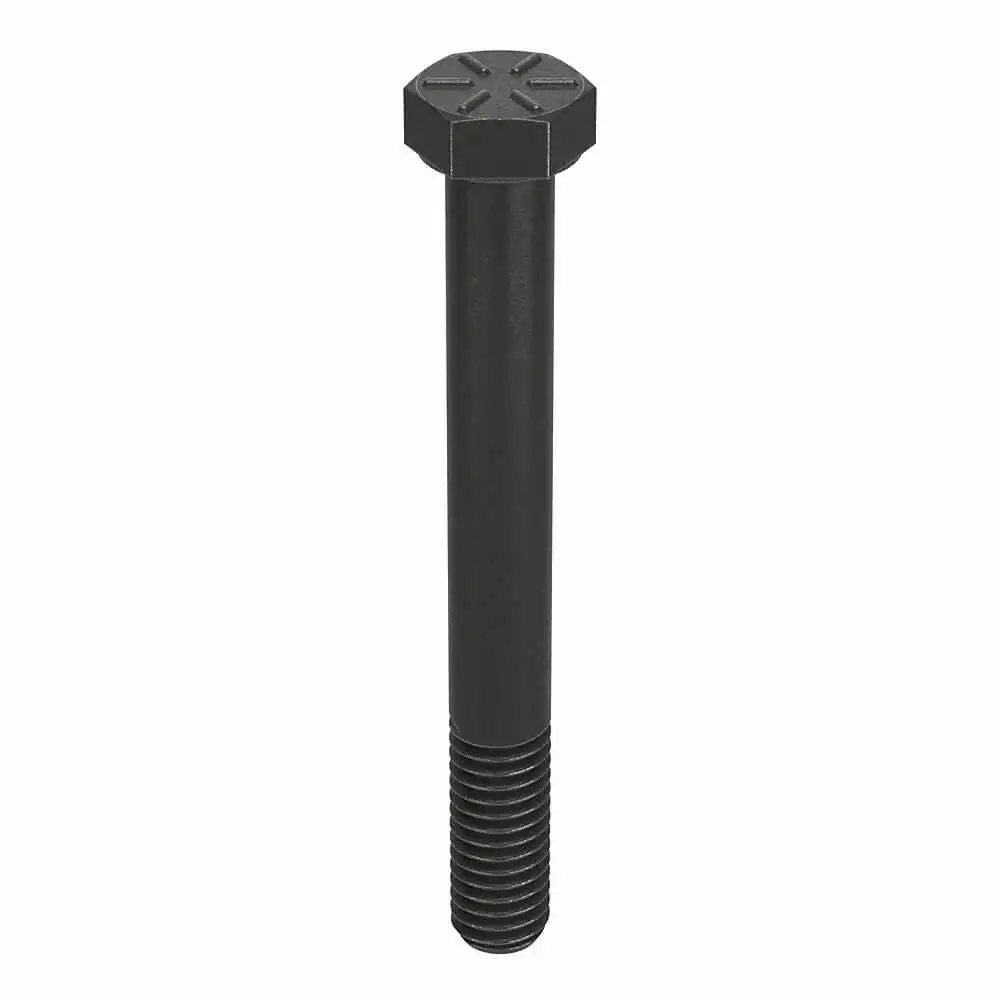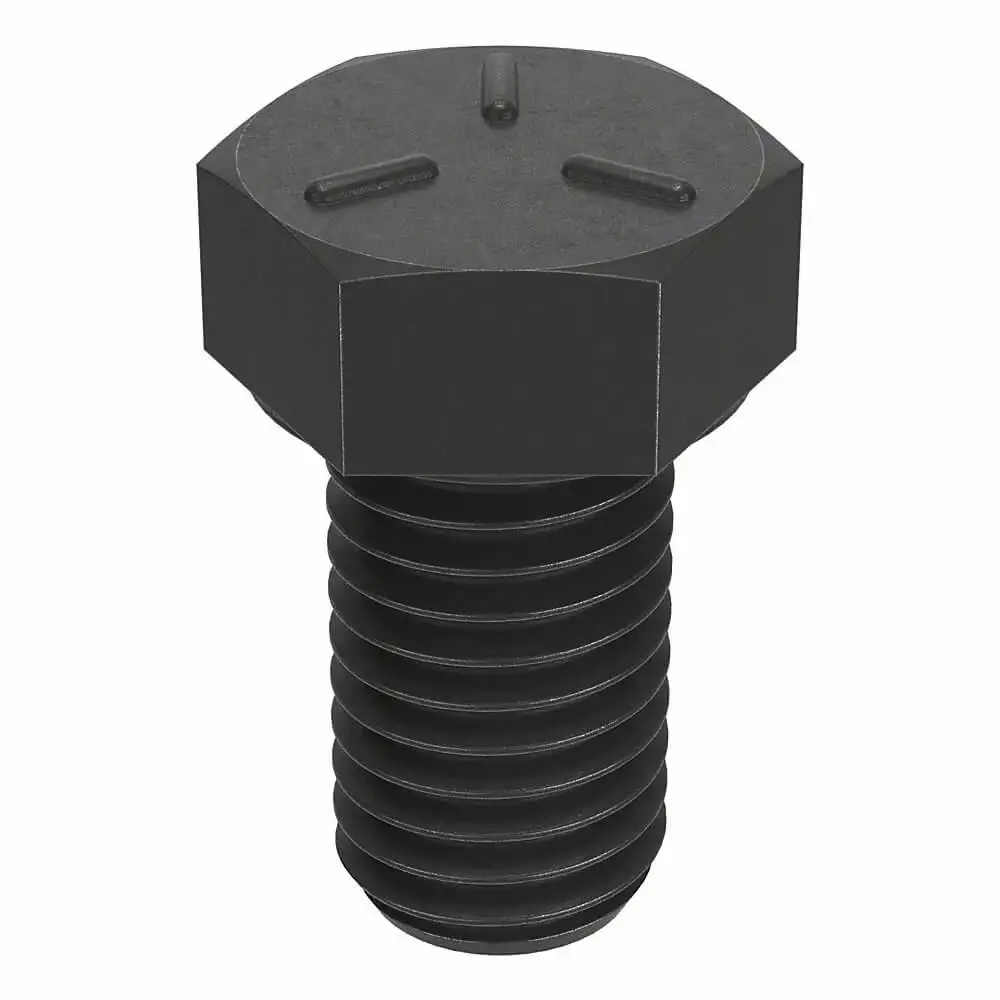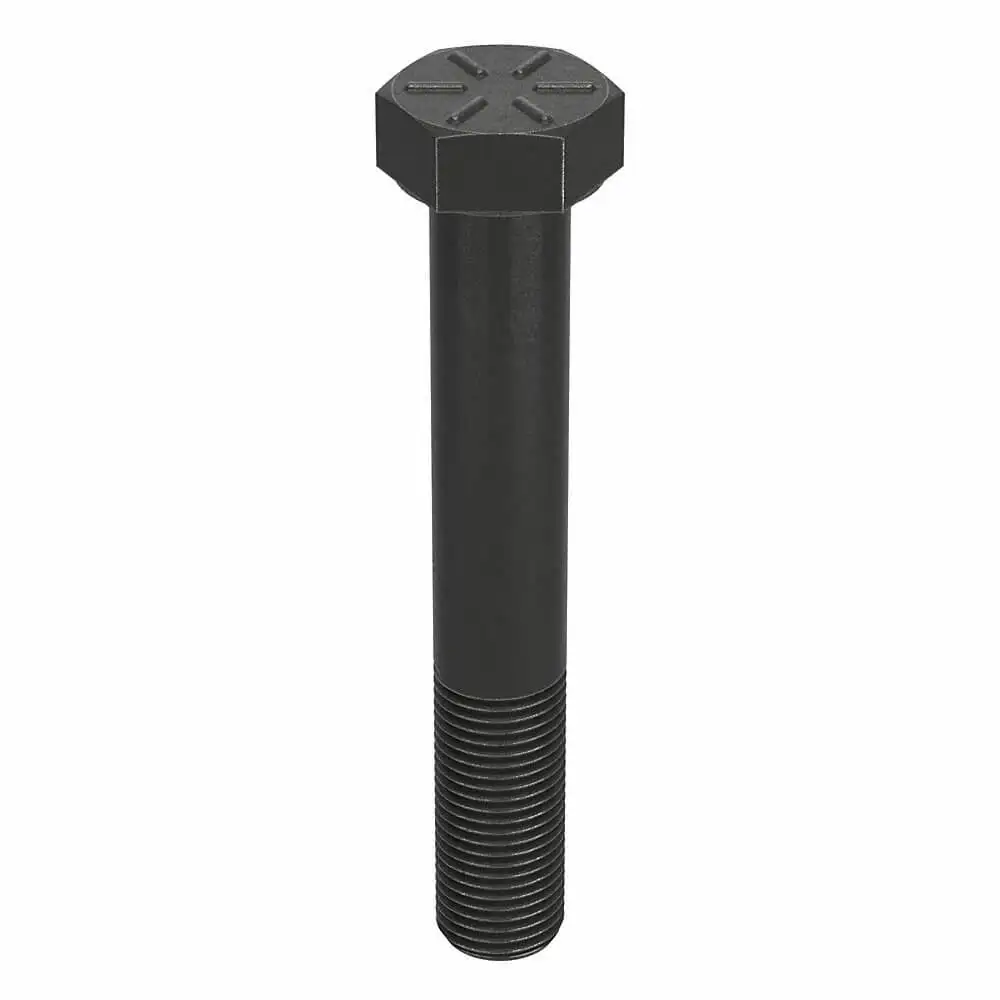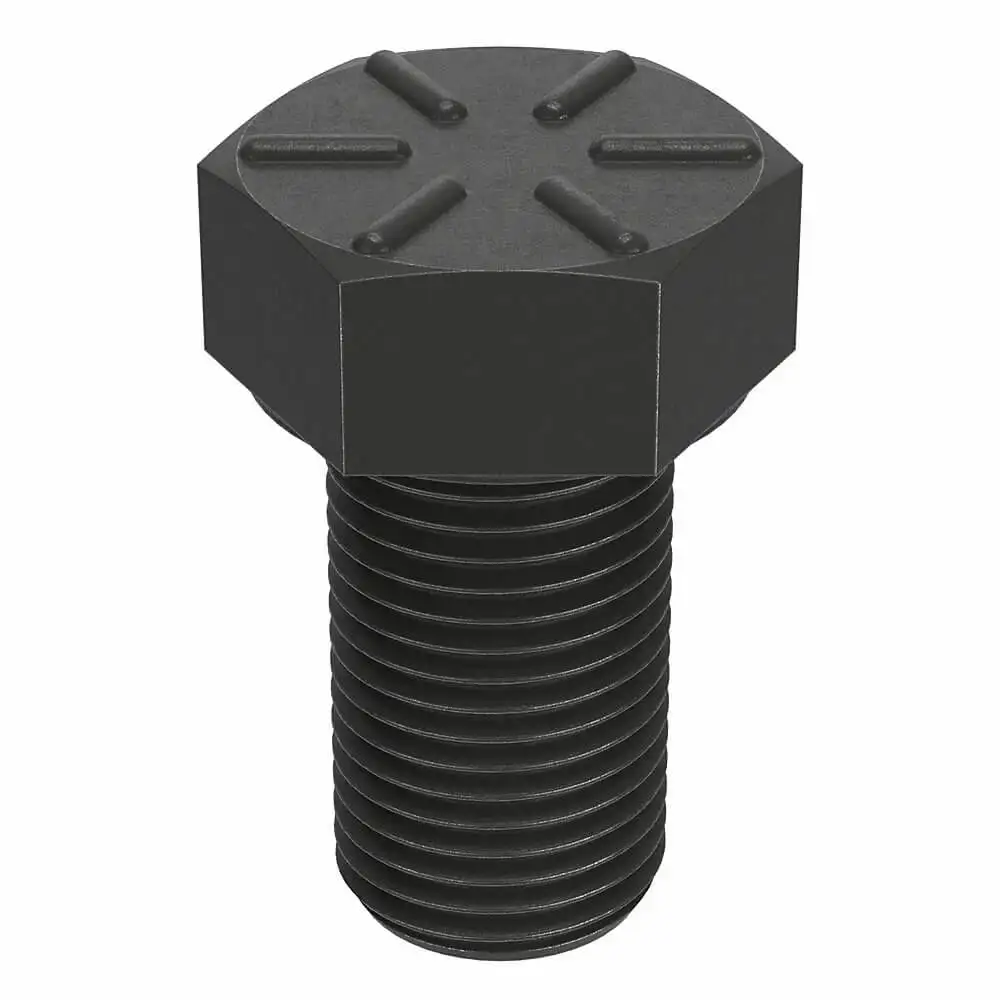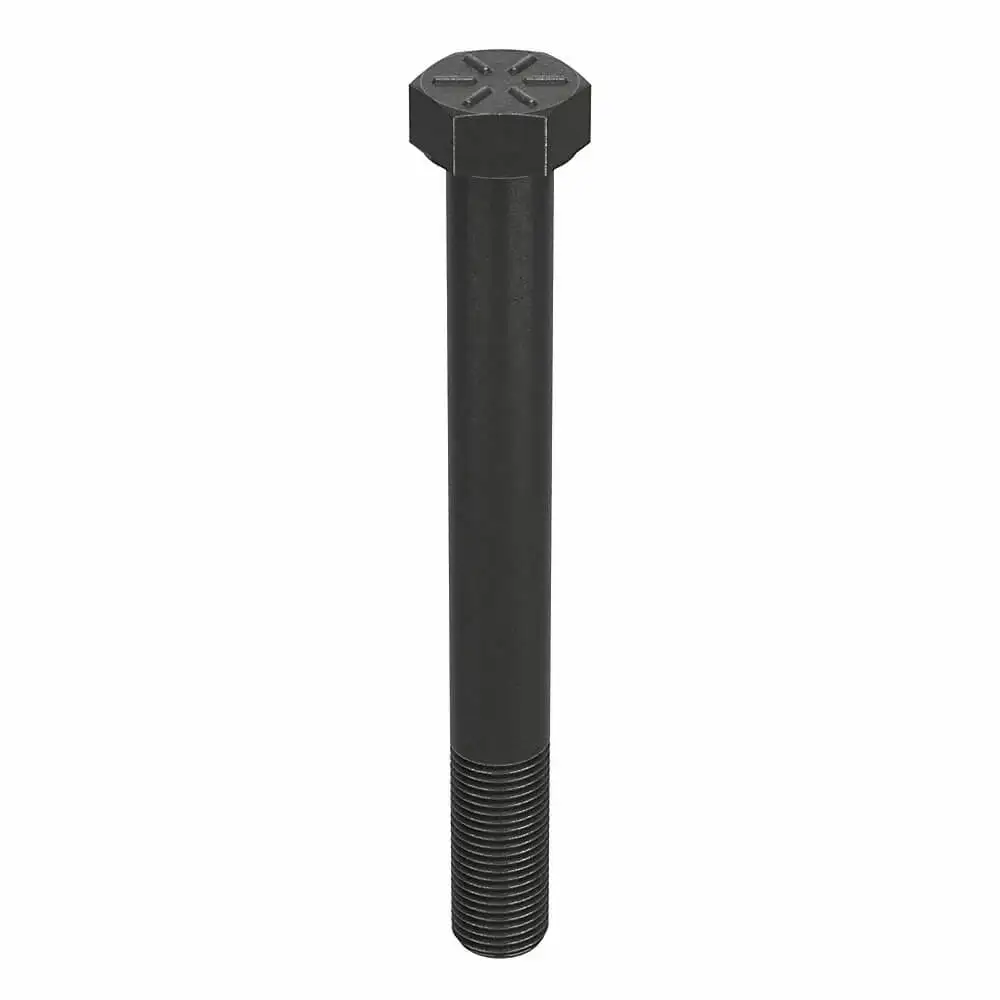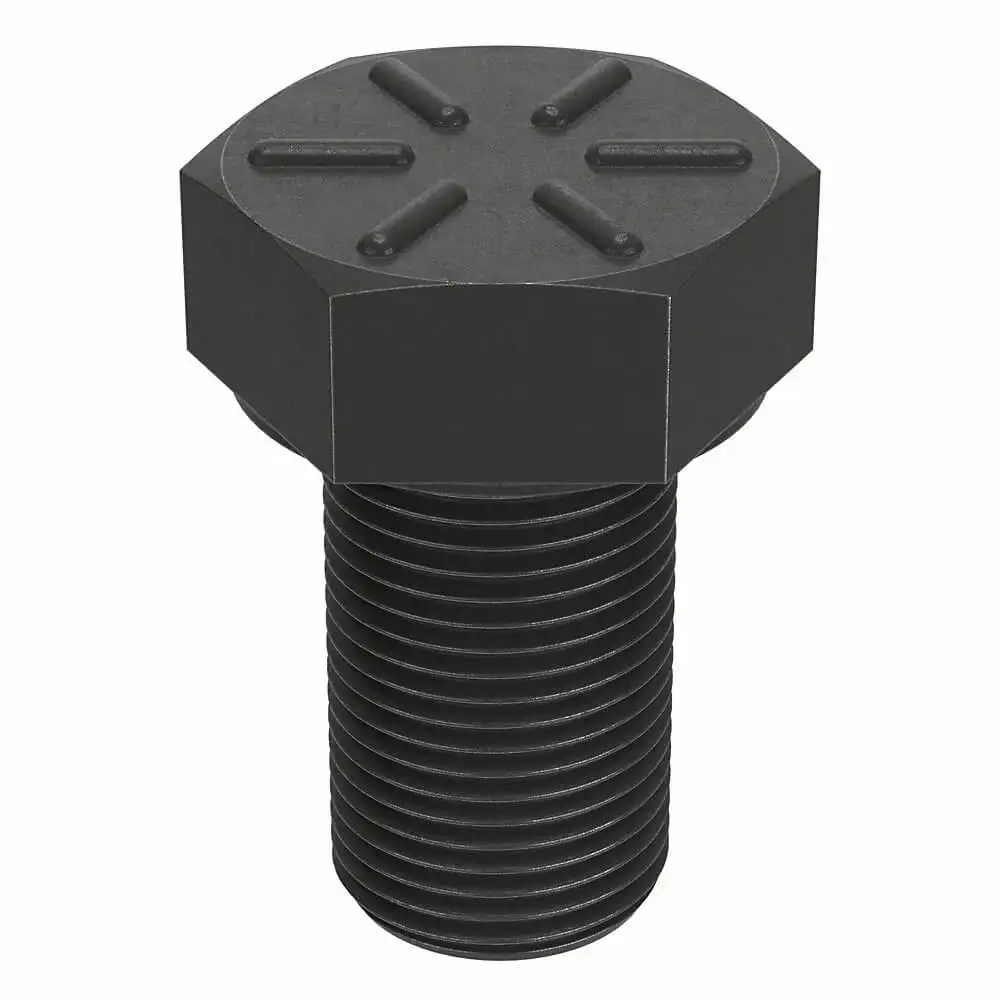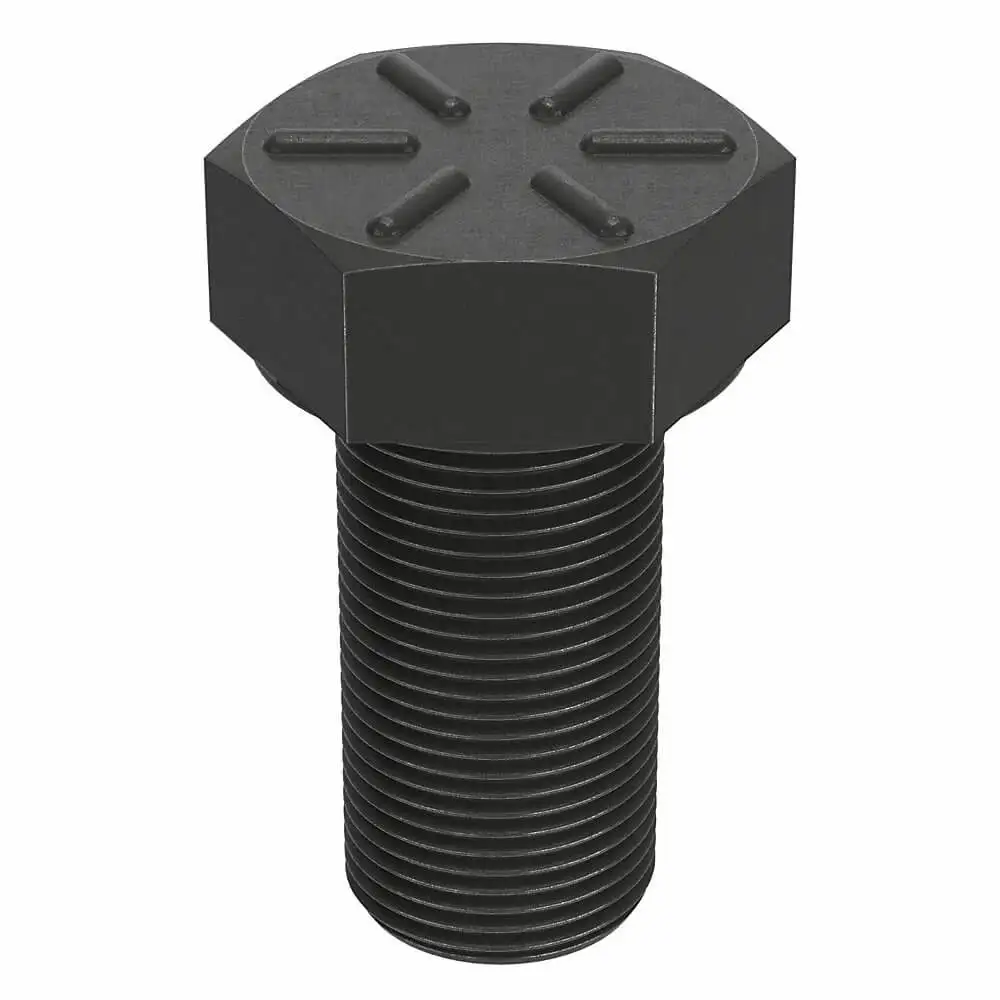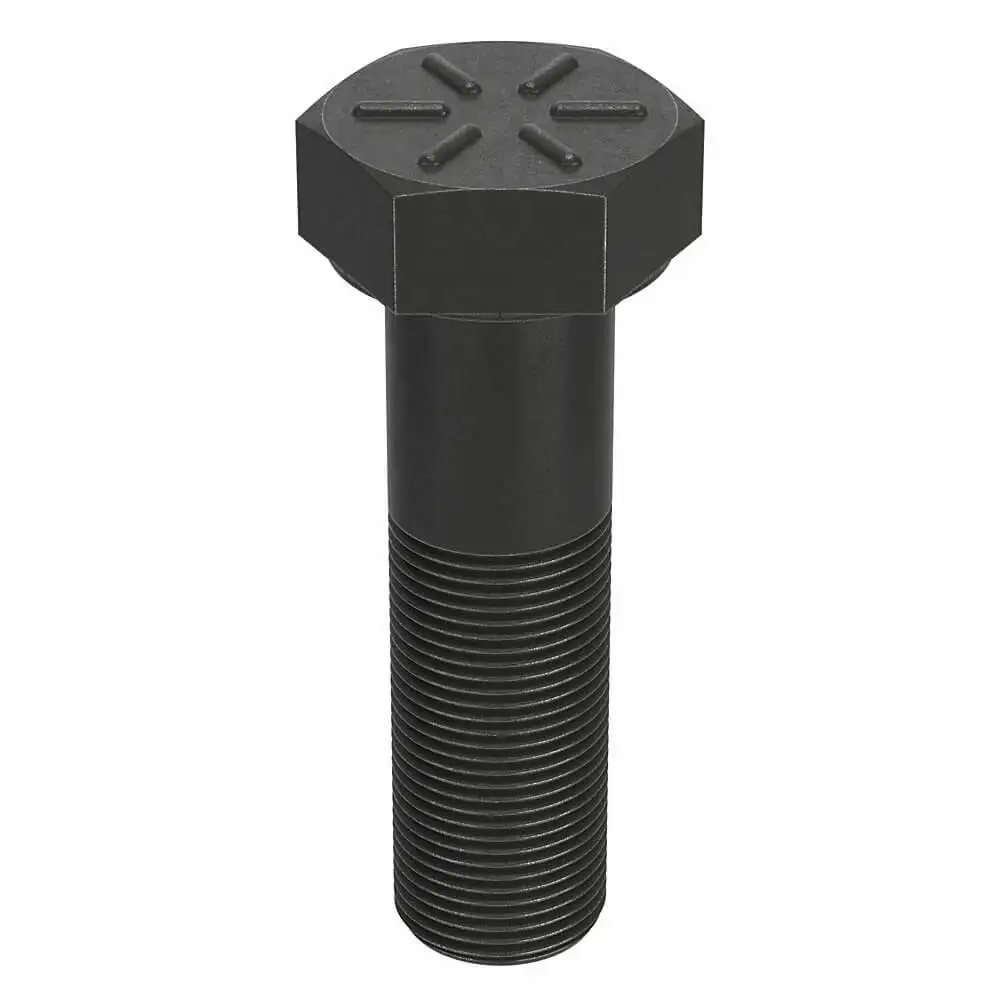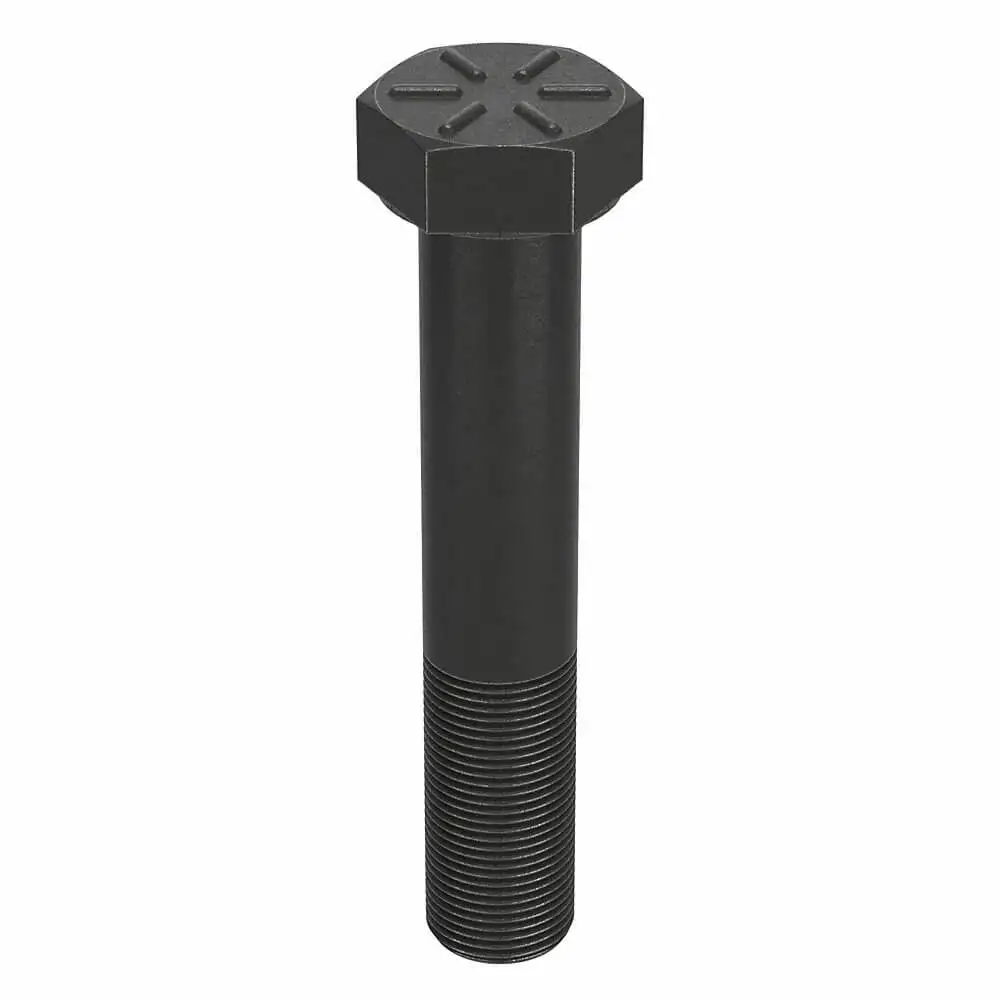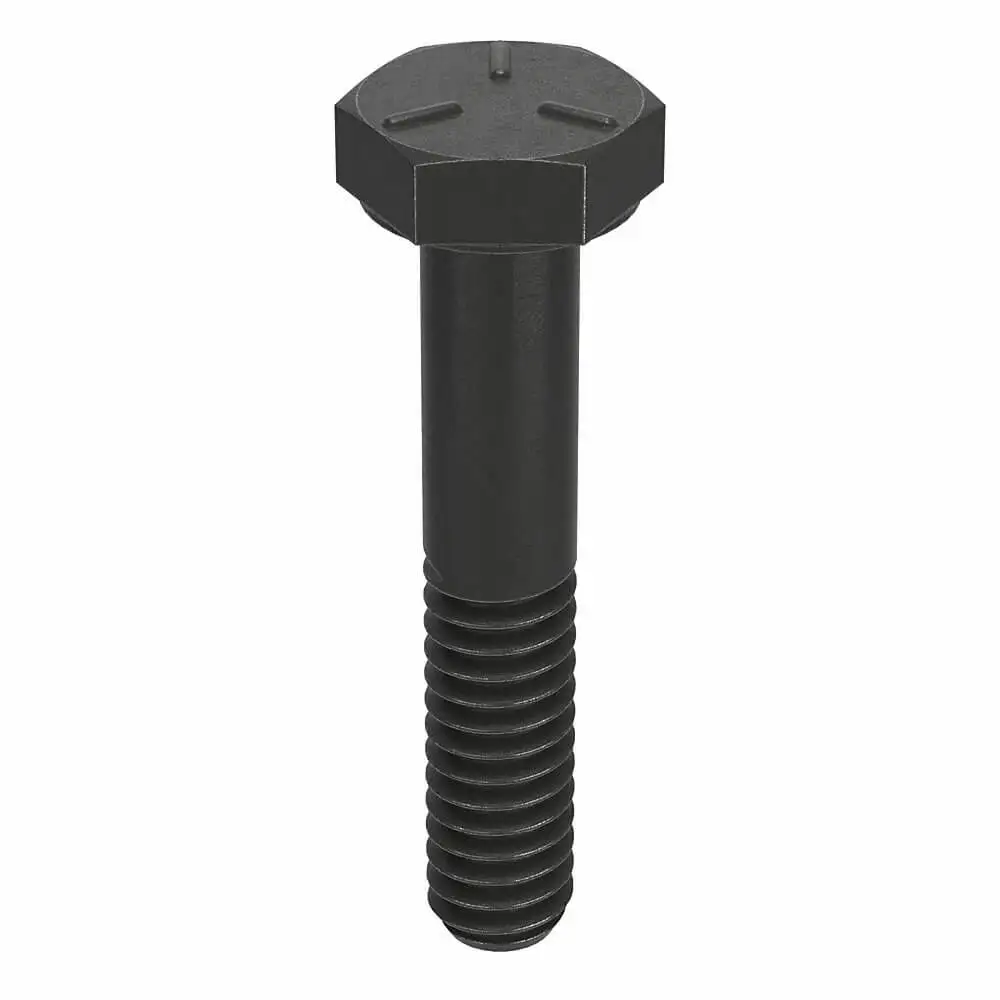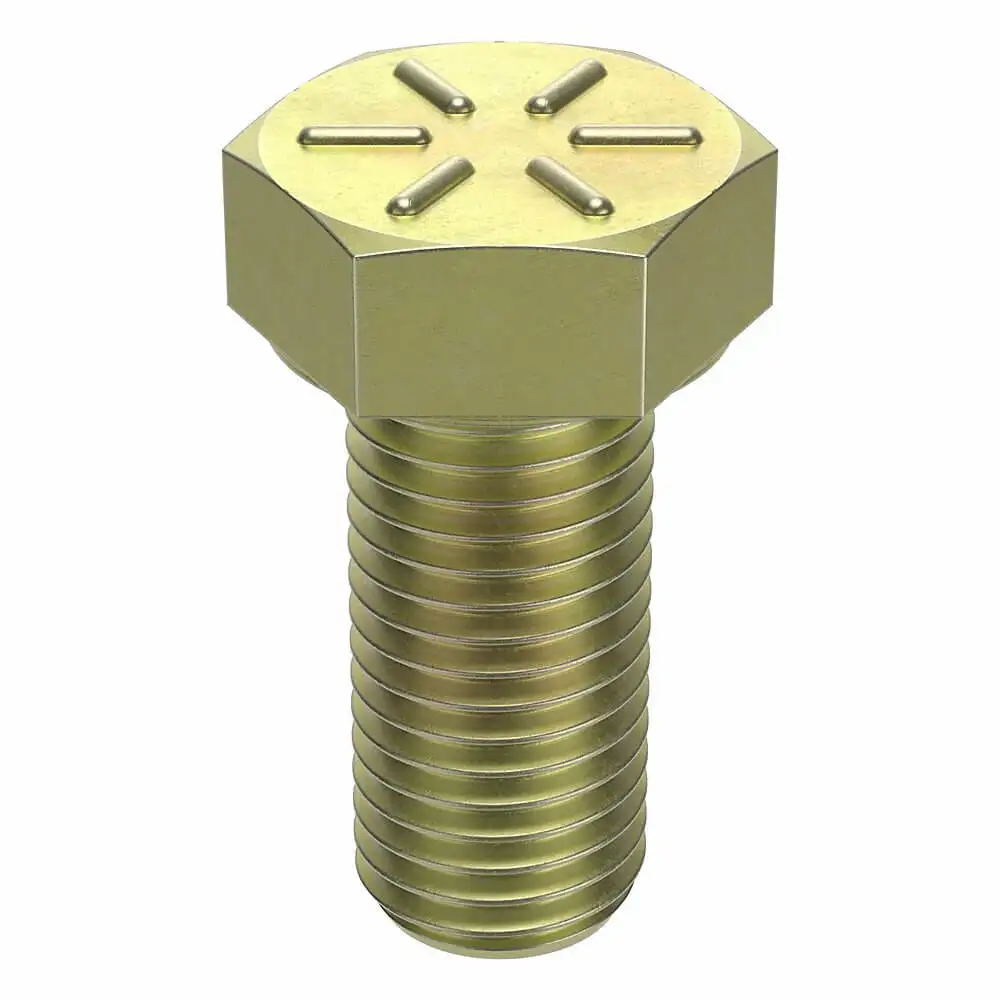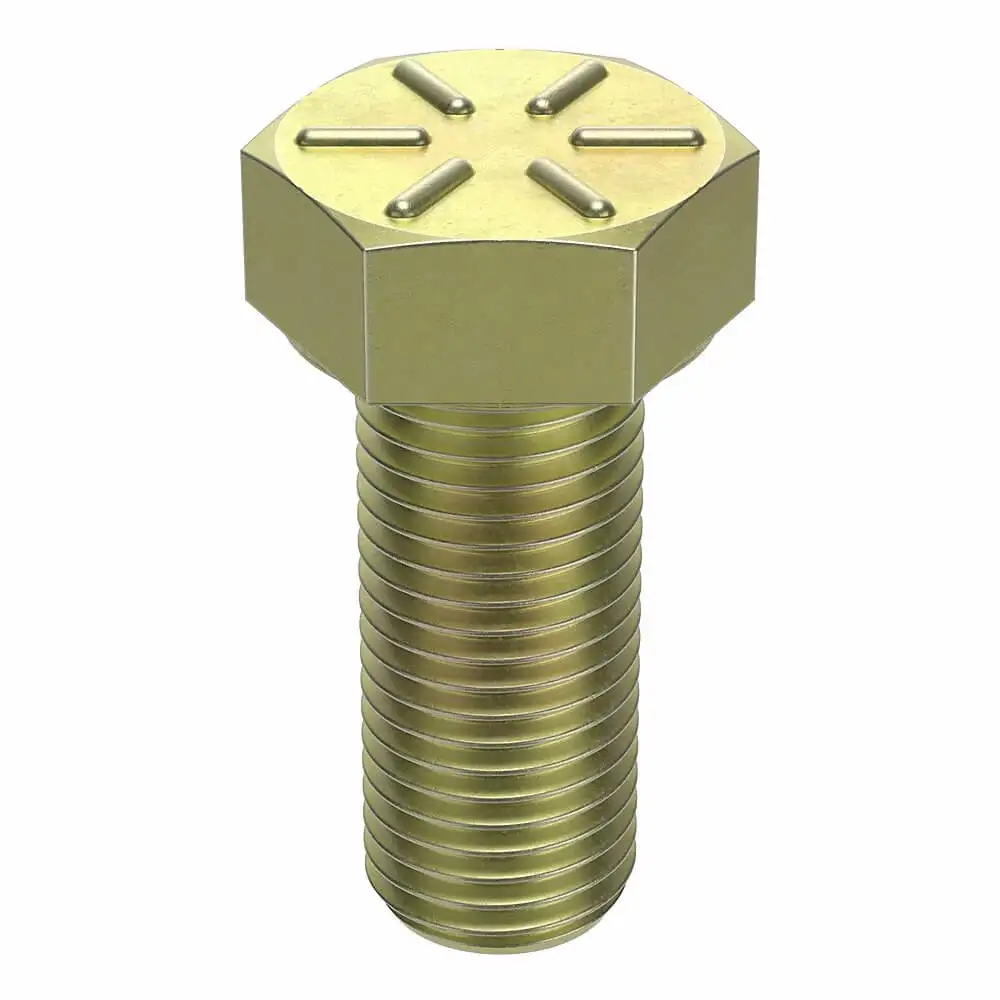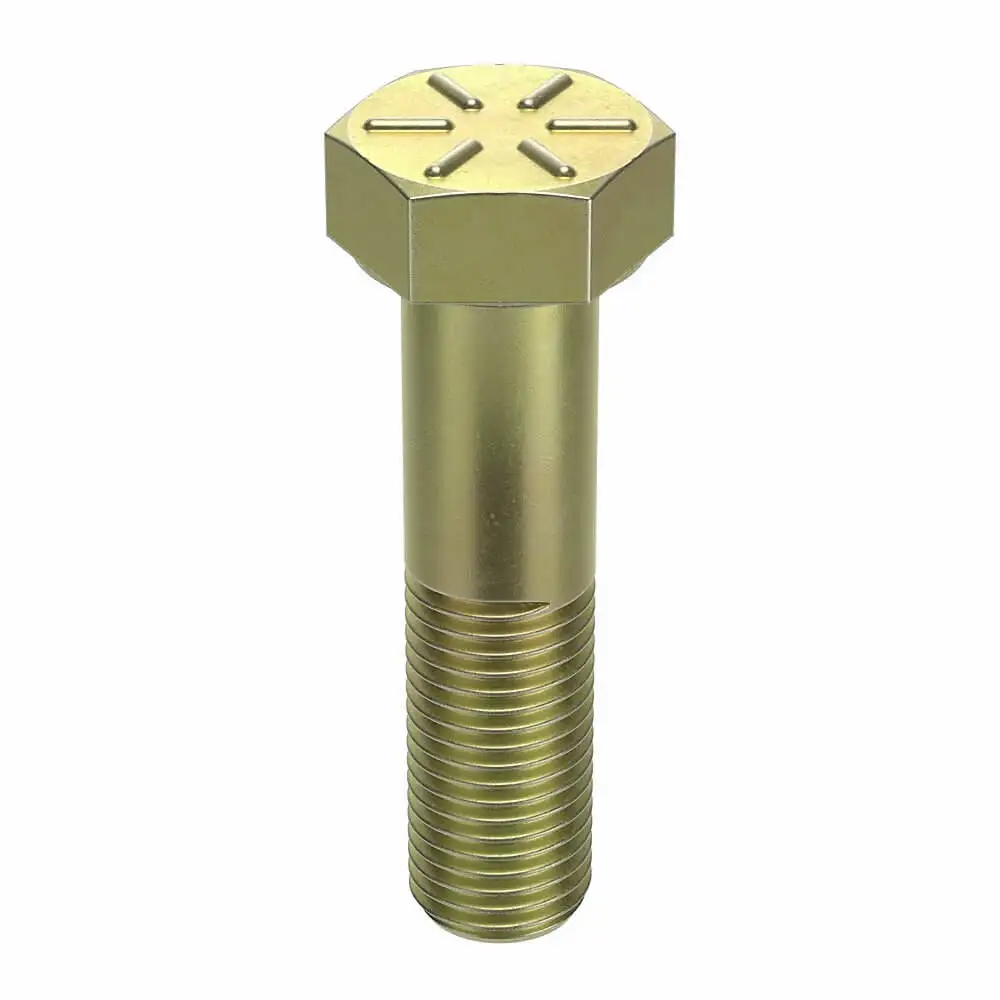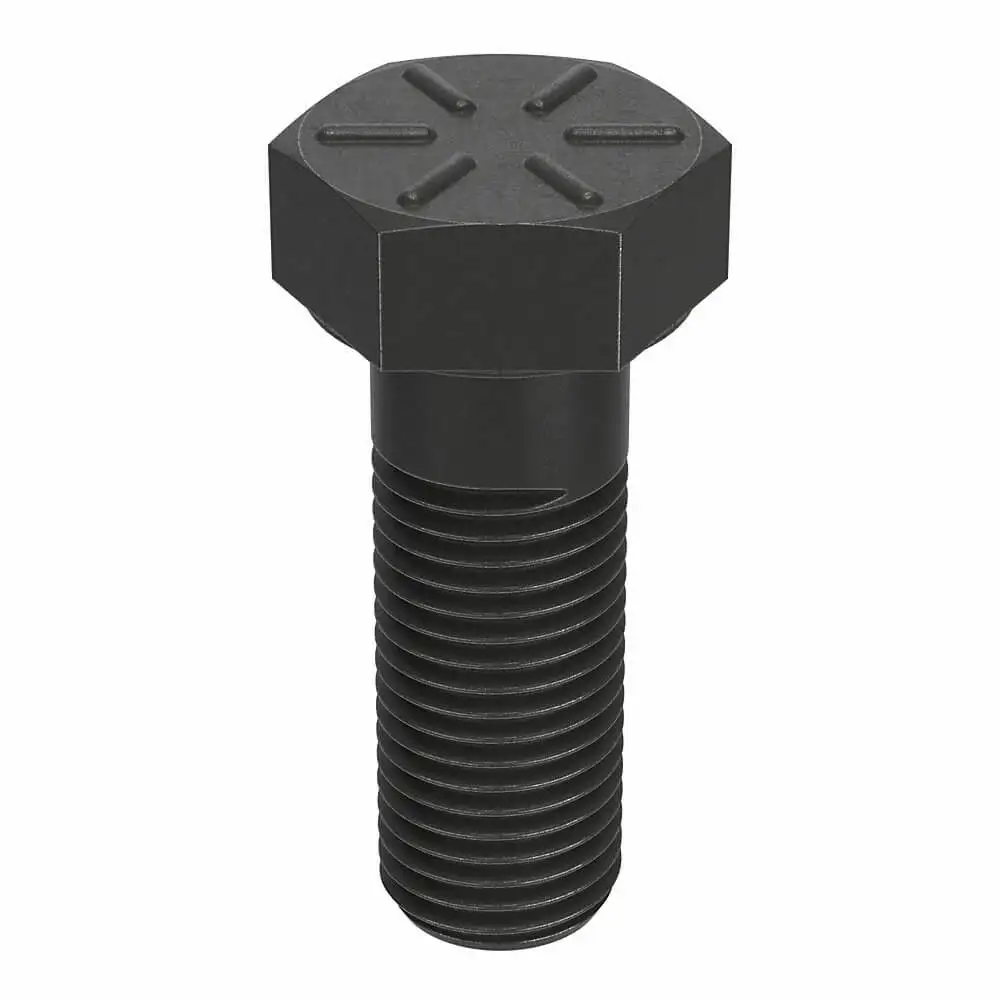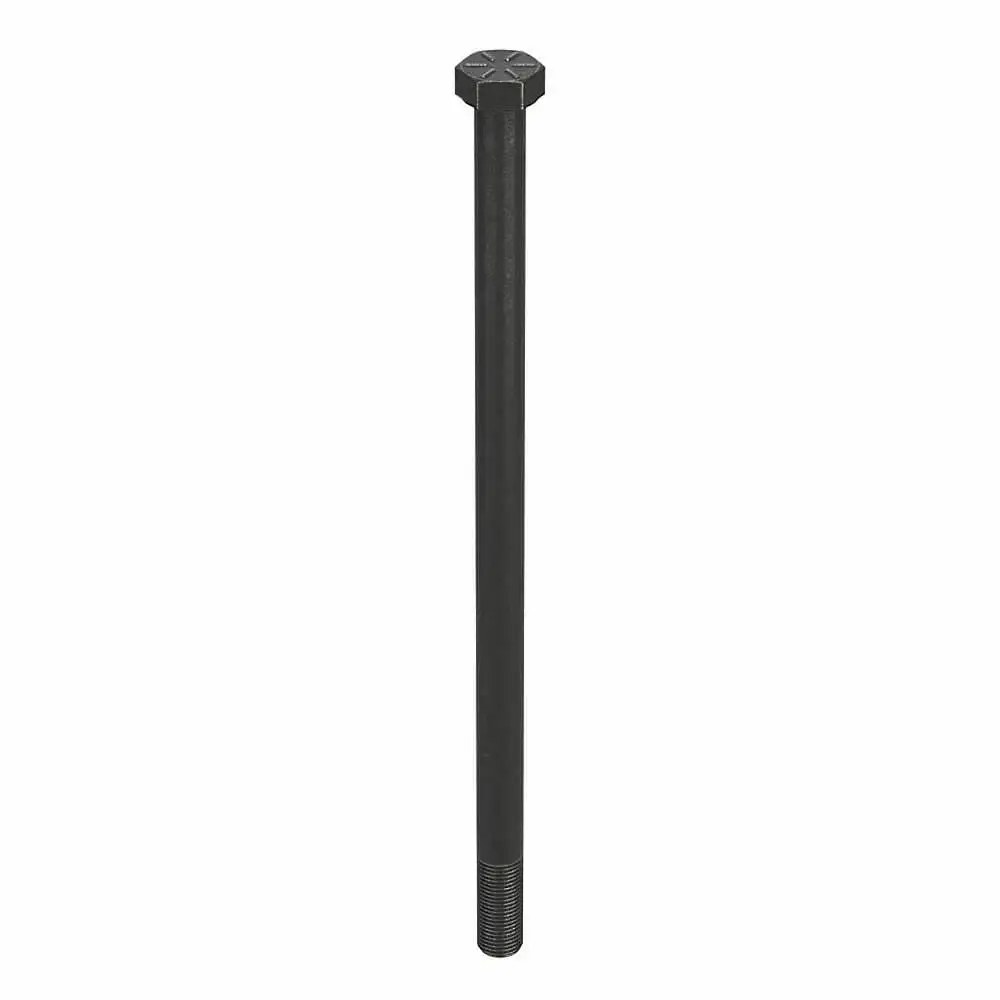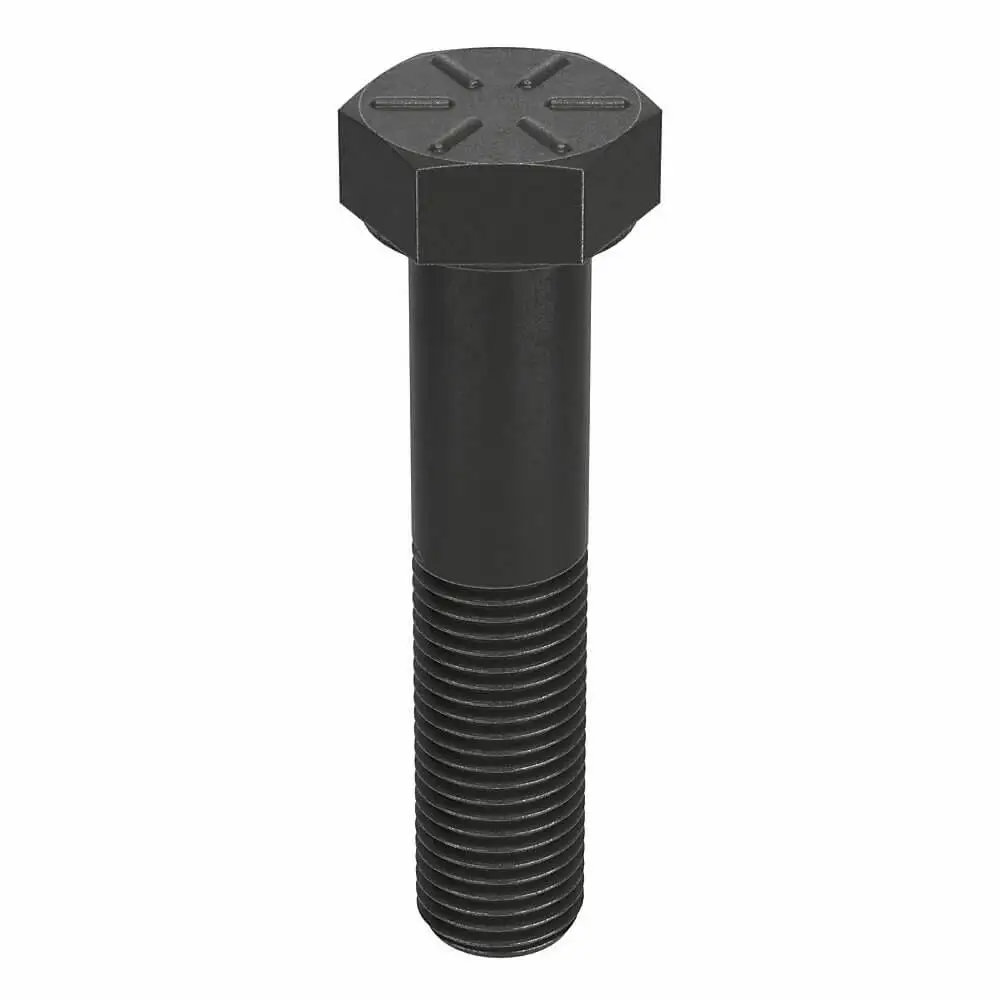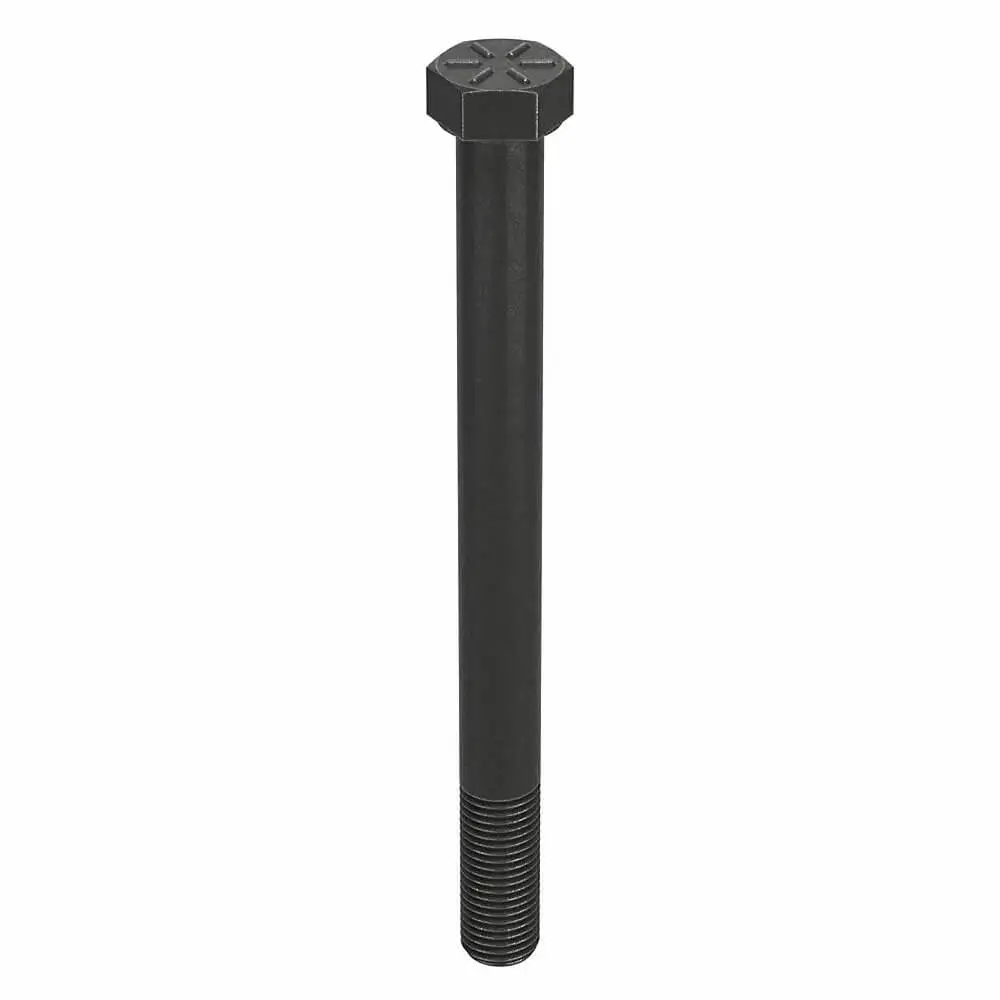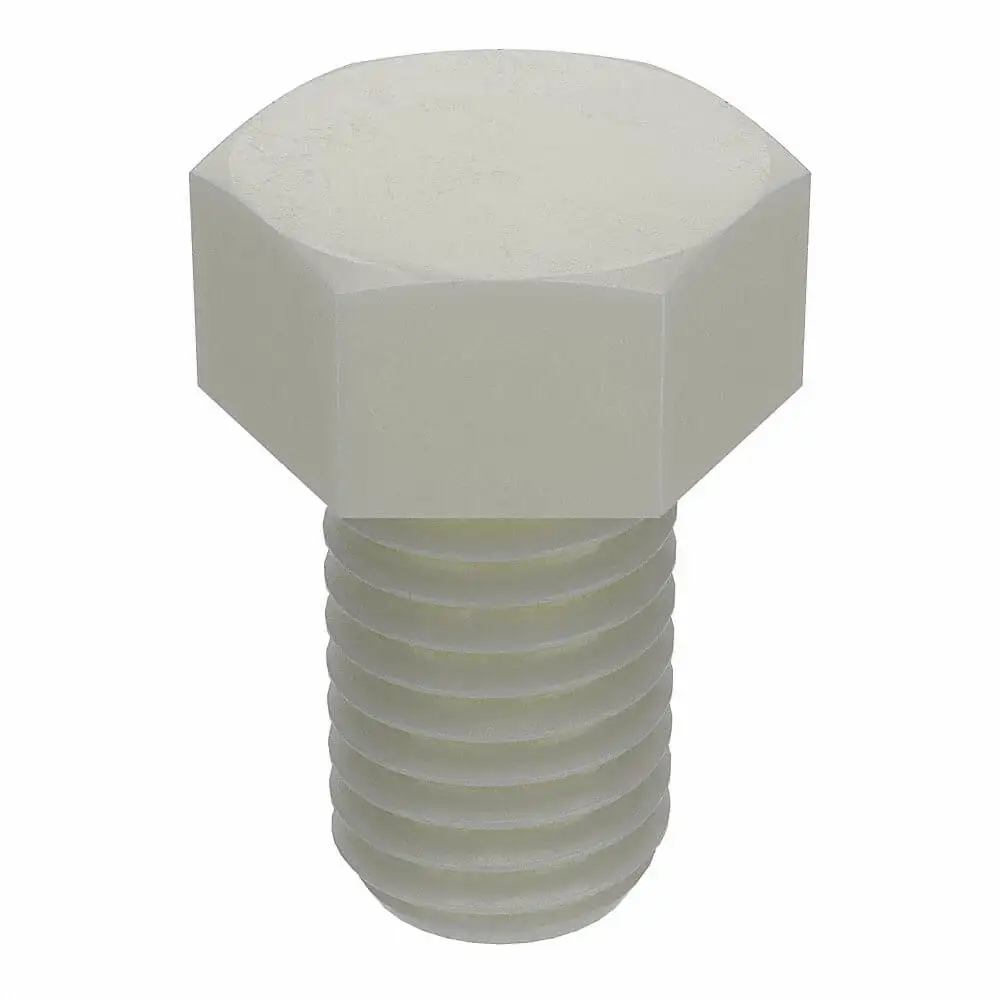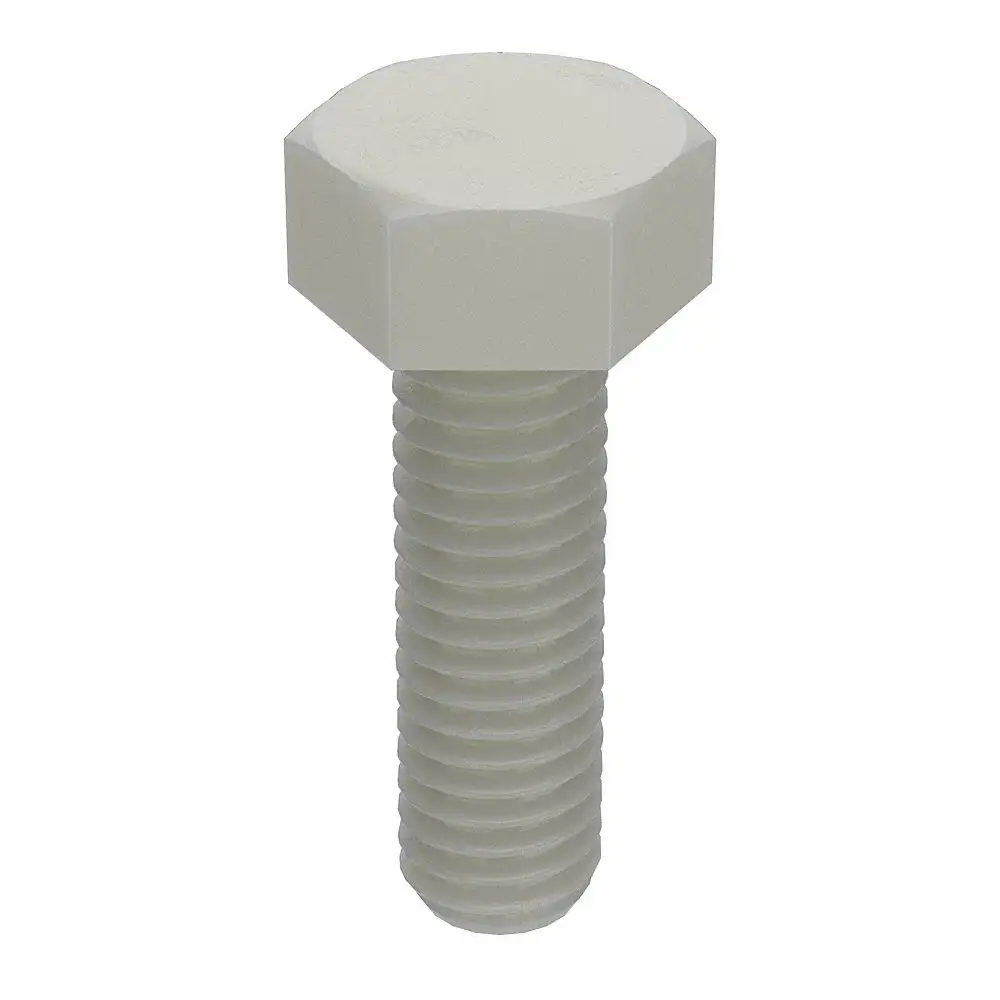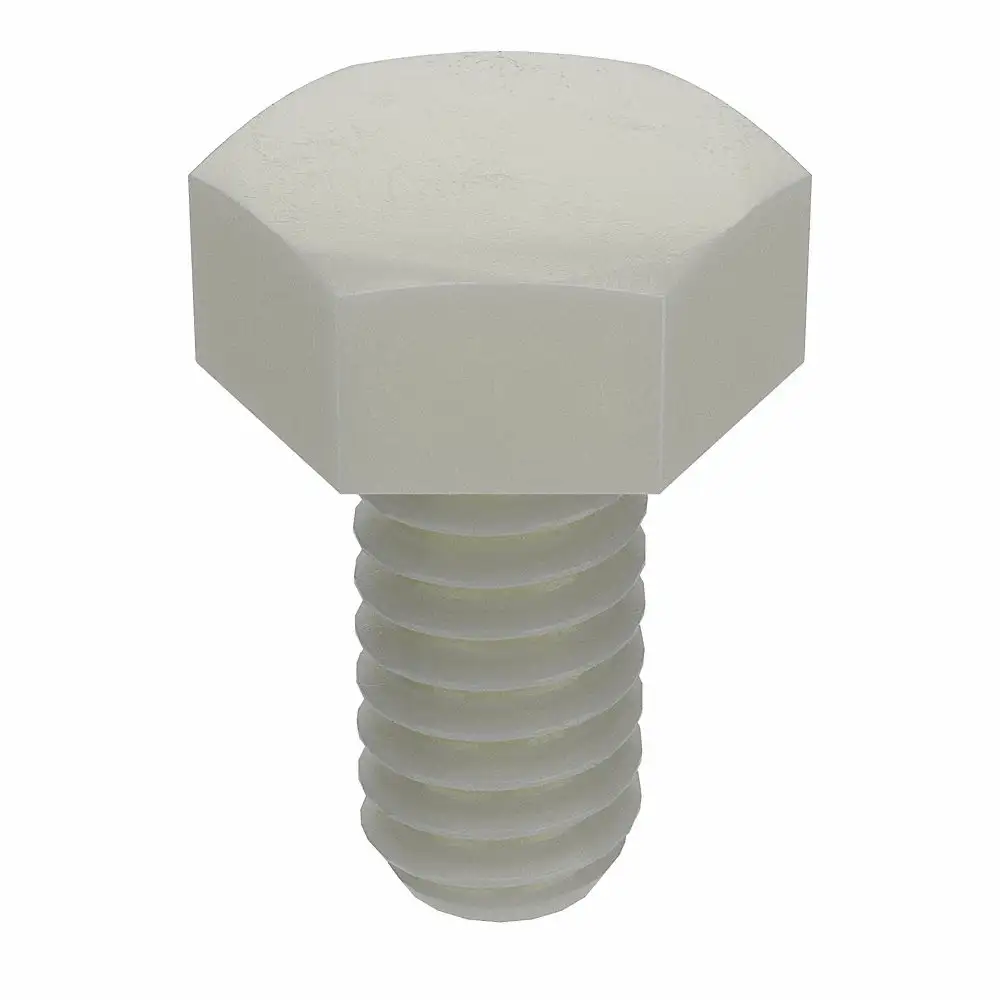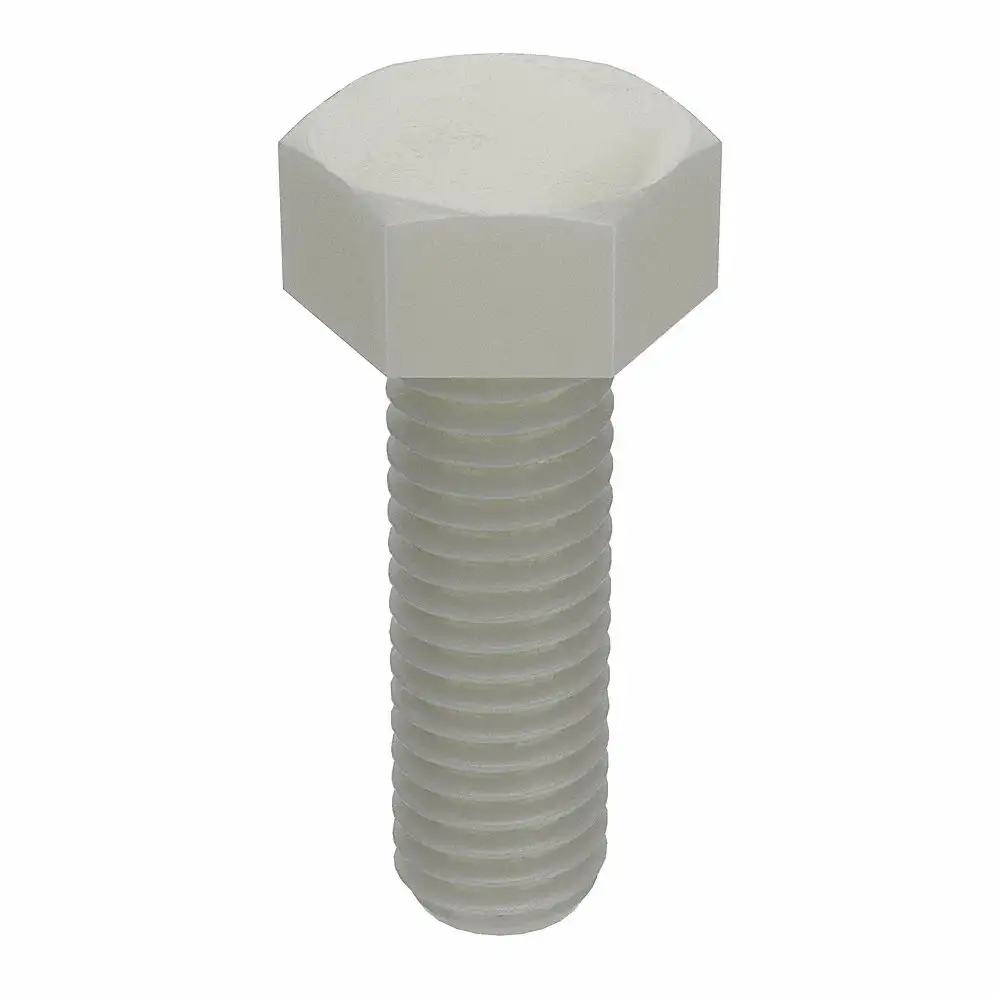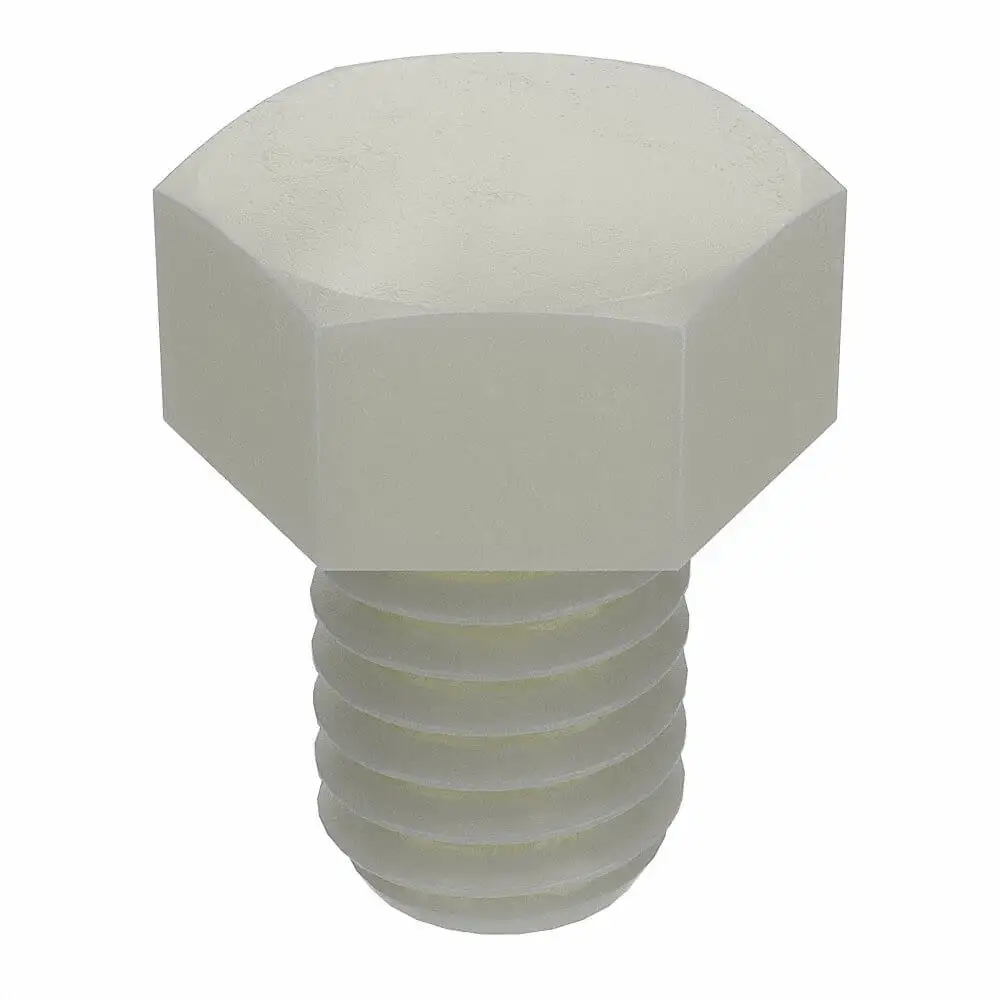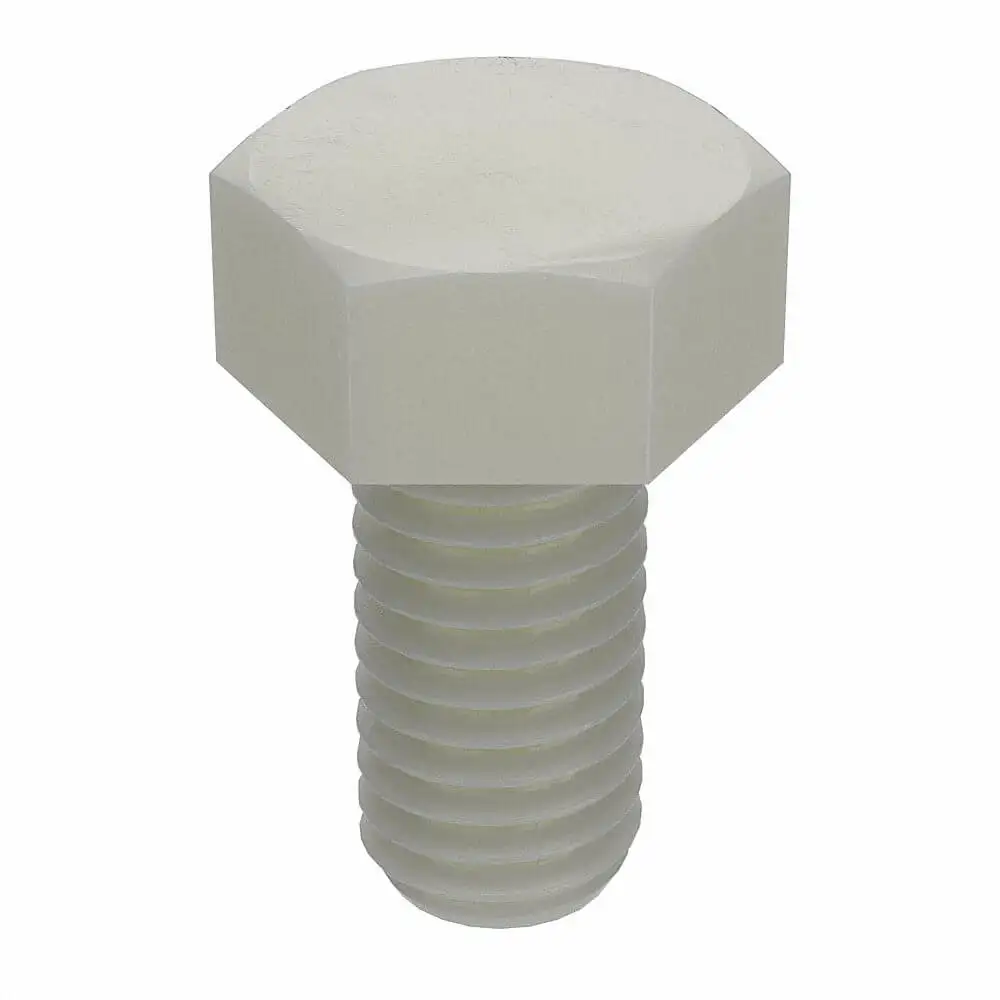Frequently Asked Questions
What is the difference between a hex bolt and a hex cap screw?
The primary difference between a bolt and a cap screw is the way in which they are installed. A hex cap screw is inserted by twisting the head of the bolt to assemble and tighten, whereas a bolt is installed by turning a nut to tighten the fastener.
How do you remove a hex cap screw?
- Use a rotary tool and grinding wheel to create a slot in the screw's head, and a flathead screwdriver to turn the screw.
- Alternatively, clamp a locking plier set onto the head and use it to turn the screw.
How does a hex screw work?
Hex-head screws have a hexagonal head that can be tightened with a wrench or socket, which engages with the external faces of the hex head.
What standards do these hex head cap screws comply with?
These machine screws adhere to AN, ASME, ASTM, CSA, DIN, EHEDG, FDA, Federal Specifications, IFI, ISO, JIS, Military Specifications, MS90728-10, NAS, SAE and UL standards.
What is the difference between flat socket set screws and oval socket set screws?
Flat socket set screws have a flat contact point at the end for providing a flush surface when installed. They are used when a smooth or level finish is desired, or when the screw needs to sit flush with the surface it's fastening against. On the other hand, oval socket set screws feature an oval-shaped contact point at the end. This design creates more surface contact with the material it's fastened into, offering increased stability and resistance to loosening. Oval set screws are often used in machinery or equipment assembly applications where a stronger grip or more secure fastening is required.
What is the advantage of nylon hex head cap screws?
They offer a lighter weight option for fastening compared to conventional metal screws. Nylon hex head cap screws provide resistance to moisture, dirt and many chemicals. Also, they can be applied in any scenario where a hex bolt is utilised.
 £ GBPChange Country
£ GBPChange Country